La Flaca - Jarabe de Palo
After forty days in France, it got too comfortable. Food, family, and friends - we were looking for a break with quality time. We got it and more. Hours of playing pâte à modeler, waiting for morning toasts to sauter, and watching monsieurs work on the roof next door with my nephew never got old (or almost). Now it’s time to depart, leave the freezing temperatures and head to another summer, the second leg of our trip: exploring parts of South America.
Buenos Aires, Argentina
We carefully (but not skillfully) avoid Brazil and its visa fees for US citizens, landing in Buenos Aires, Argentina, after a 20-hour journey via Madrid. Despite their steep prices, we want to explore Argentina and Chile, head to Patagonia, even live a bit of outdoor adventure. But first, it’s a few days in the capital, home to tango, beef, and (real) football. A prepaid taxi takes us to Palermo, a tranquil neighborhood where we meet Tonya, a longtime friend of Madie.
For a few days, she introduces us to the proud Buenos Aires, with a porteño’s accent and the obligatory ‘sh’. On bicycles we visit its streets, museums, incredible La Recoleta Cemetery, and large Reserva Ecologica, set along Río de la Plata - the widest river on Earth (even though it’s really an estuary). It’s as if a Spanish city was dropped here, adding a few Europeans influences on its architecture.
We take a ferry to the quaint Tigre, a mix of Sausalito and hippie town, of small canals, houses on stilts, and oddly large abandoned shipwrecks. But more importantly, we live a bit like locals, start dinner at 10pm (a little early), and stuff our faces with choripan, chivitos, and countless steaks at delicious parillas, doused in beer and Malbec. Wine is cheap and drinks without effort, so we double down on it, with an extra hookah for the pleasure of being friends and talking through the night. It feels oddly familiar and comfortable. A little easier, after six months of getting being pushed around in Asia (figuratively and literally). “A place where I could live,” I find myself thinking as we bike in the streets of Palermo looking for the next ice cream shop.
On our way back from a park, people are gathered for a (slightly awkward) Christmas parade, in the middle of summer of course. From the land of covered shoulders and legs, we are now on the continent of short shorts (with pockets peaking beyond the hem), platform shoes, and exposed lovers of all ages, lavishly exchanging saliva on the streets. And it turns out the mixed saliva produced the most incredible mix of DNA we’ve seen on our trip. If you’re Argentinian, Uruguayan, or Chilean (as we’ll come to know), you could be tall, blond with blue eyes, or a hairy short tanned fellow. People of all heritages: Dutch, Portuguese, Italian, Spanish, or even French. The only ones missing are the natives. I’m told I look like a gaucho.
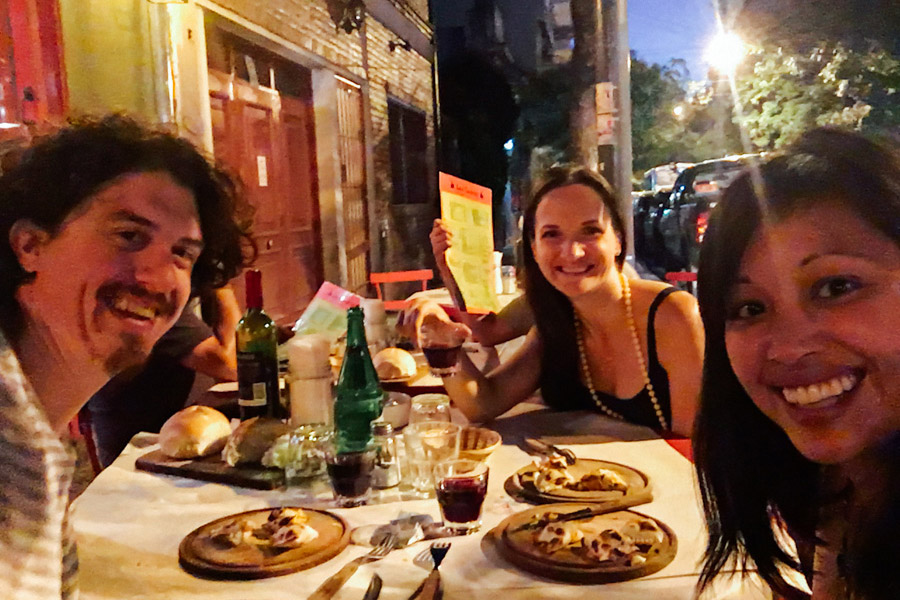
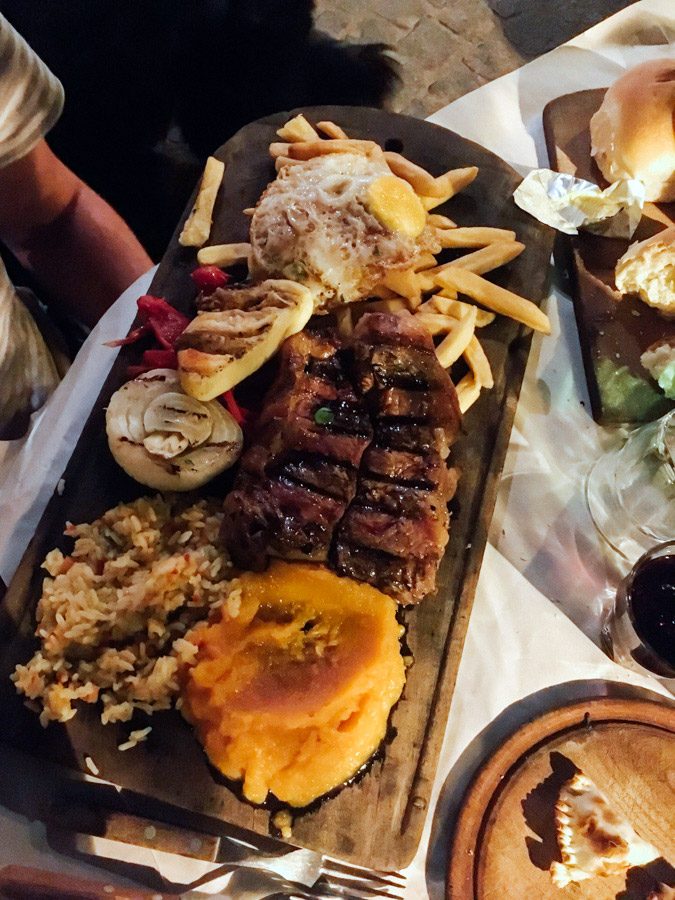
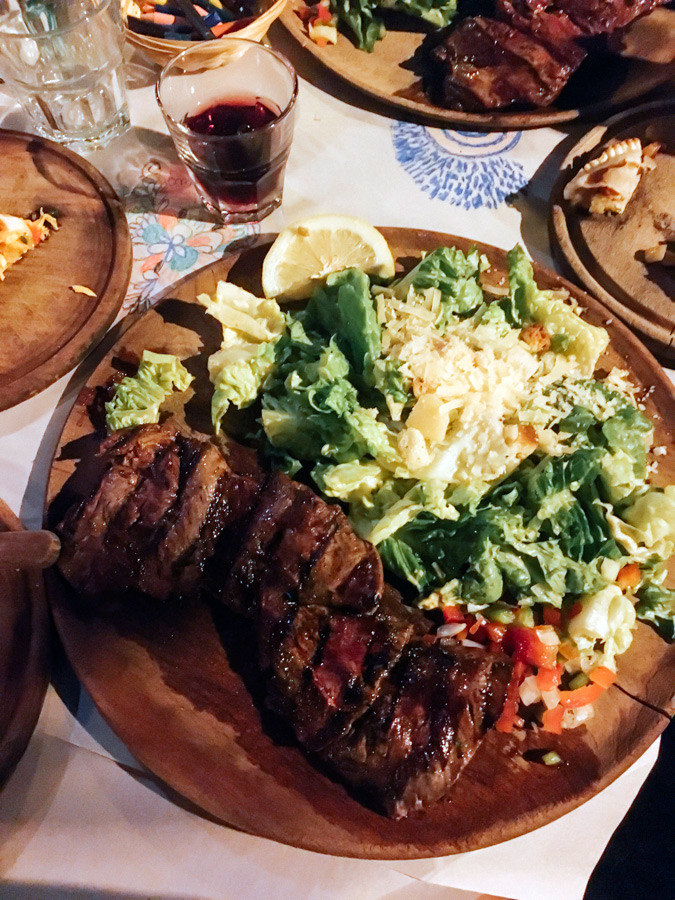
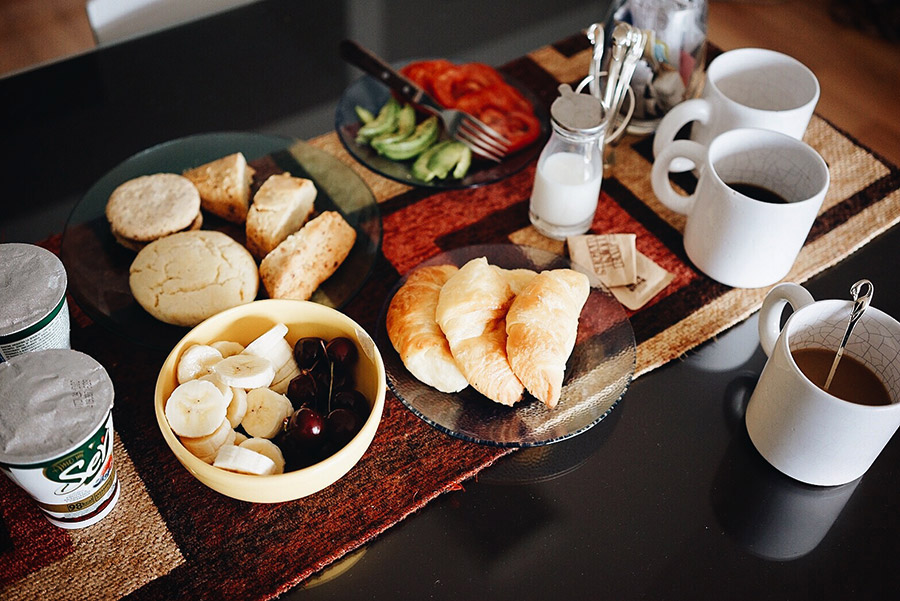
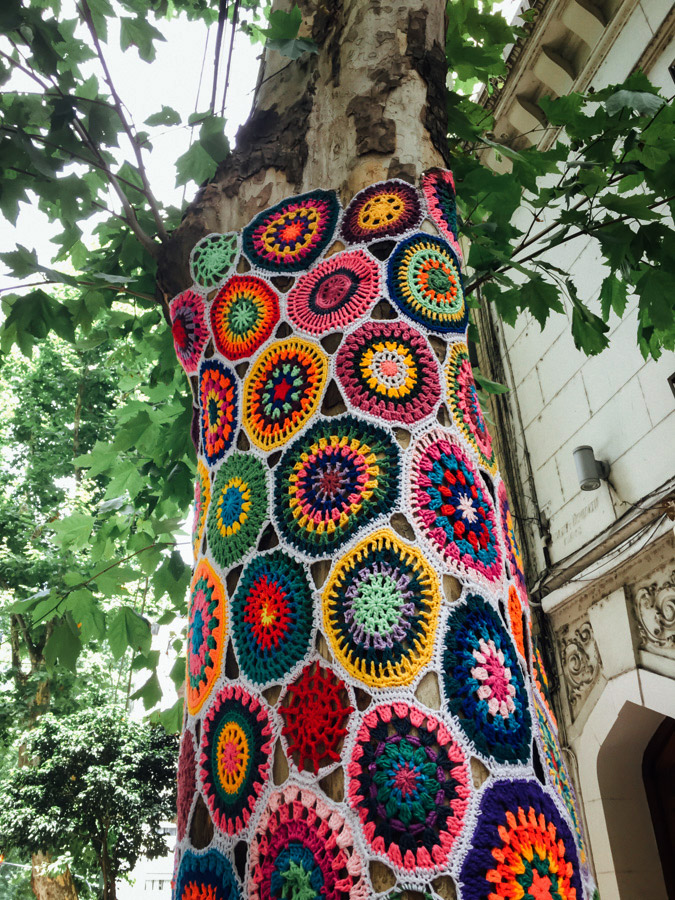
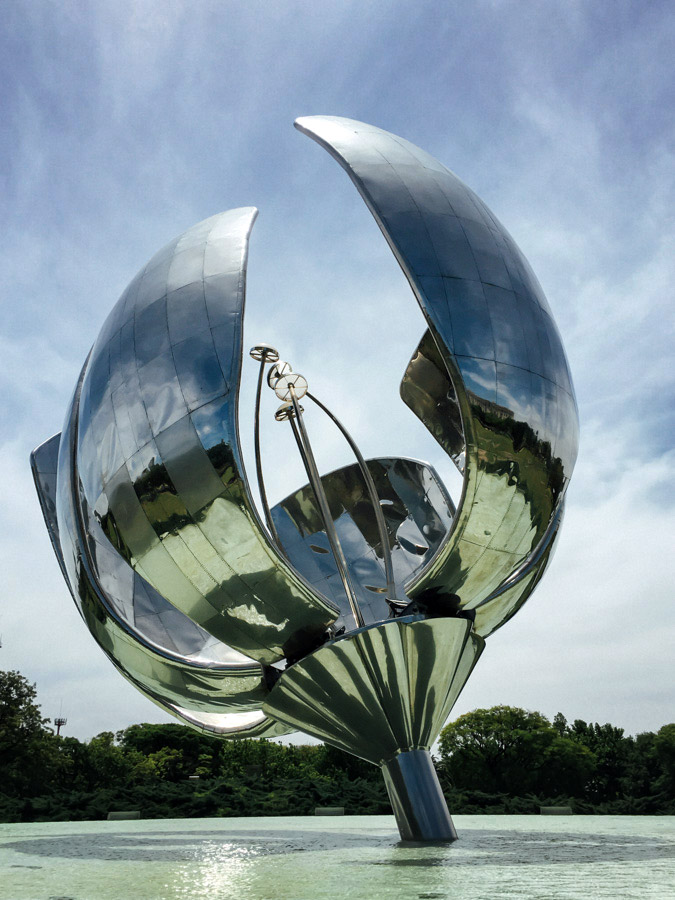
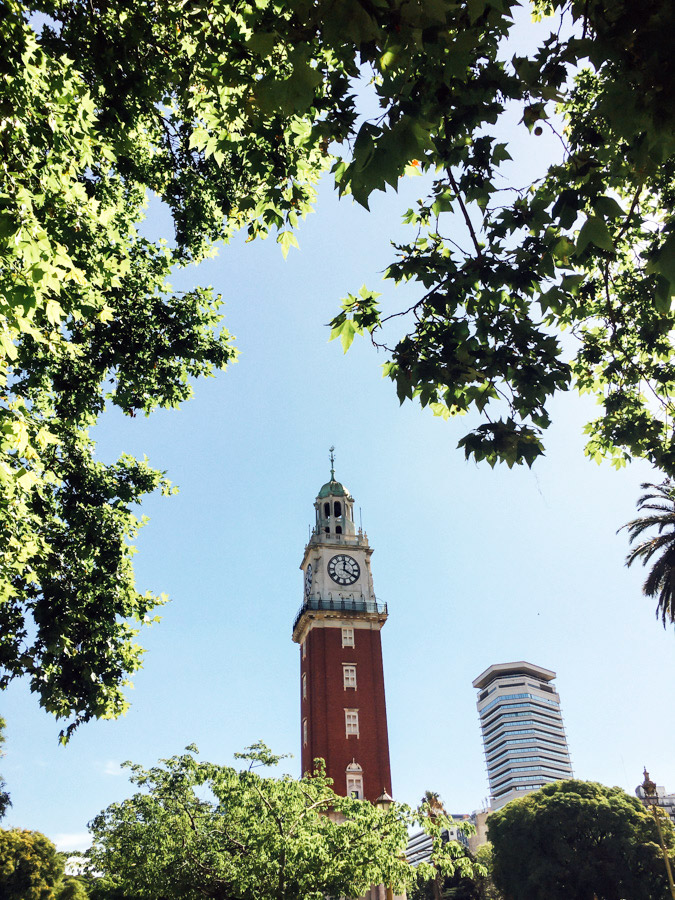

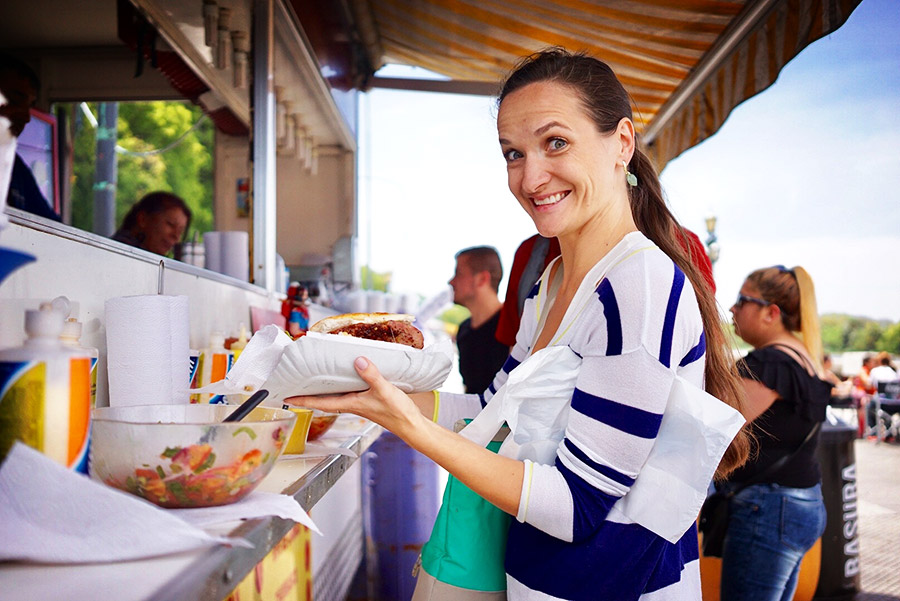
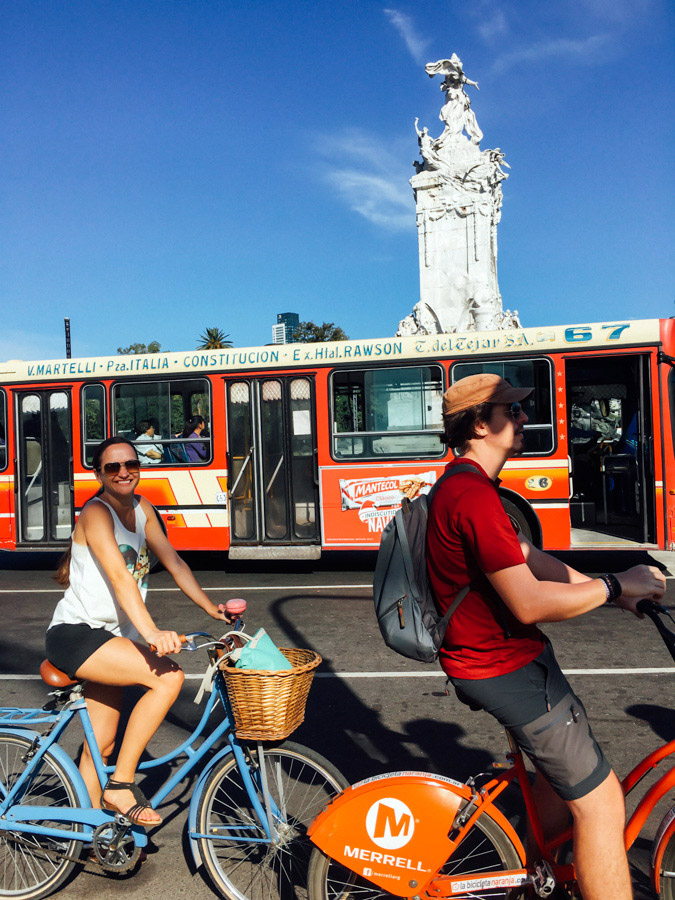
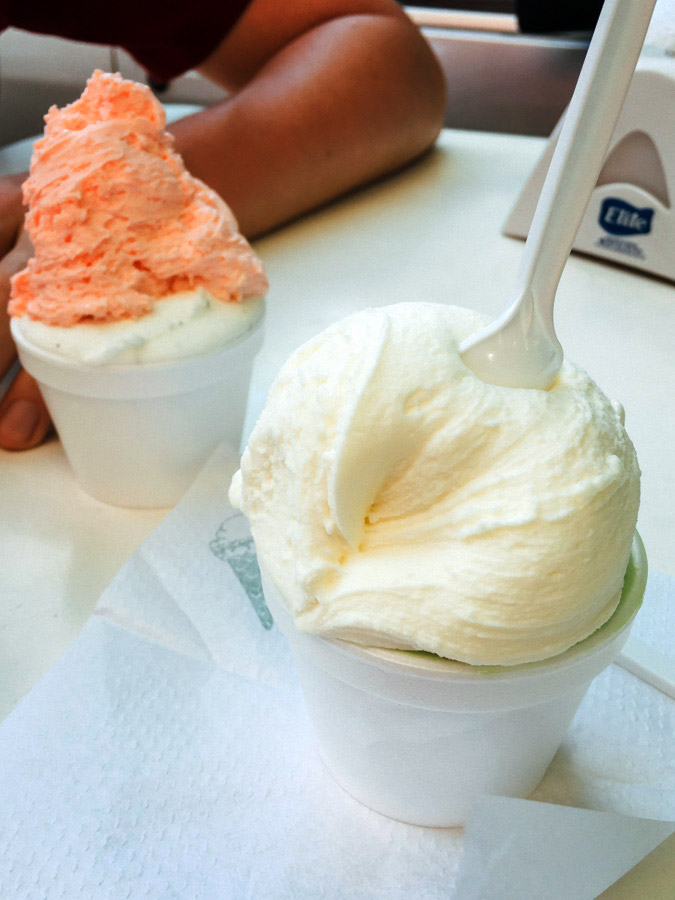
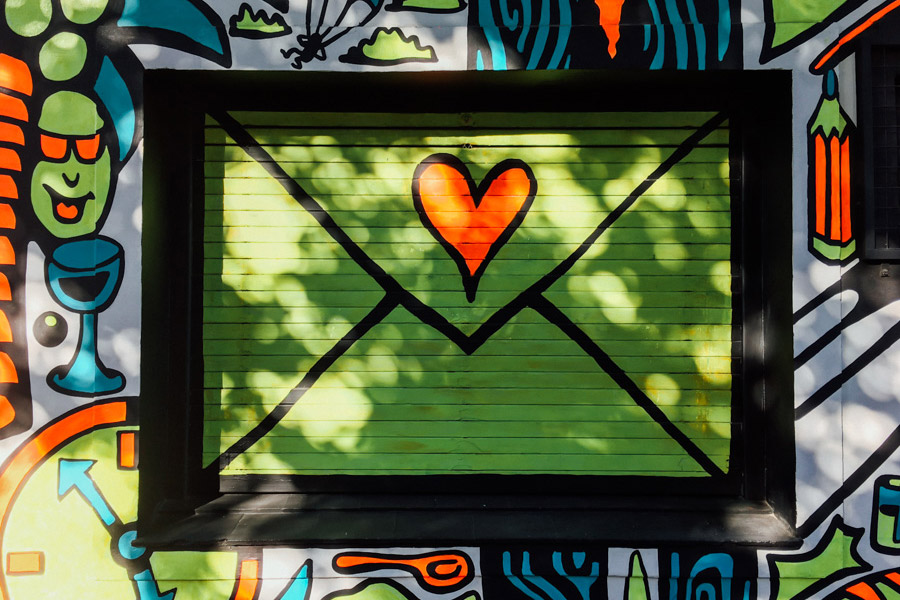
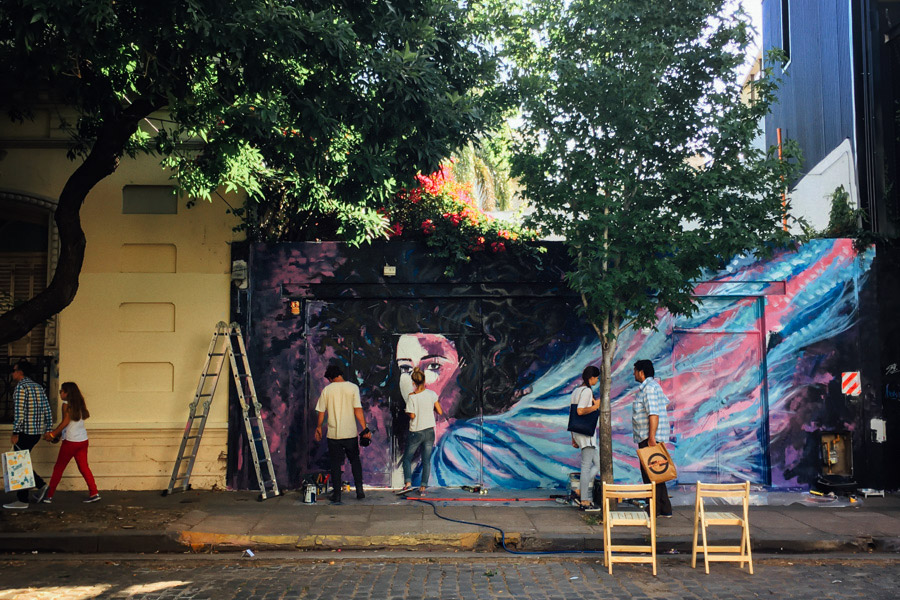
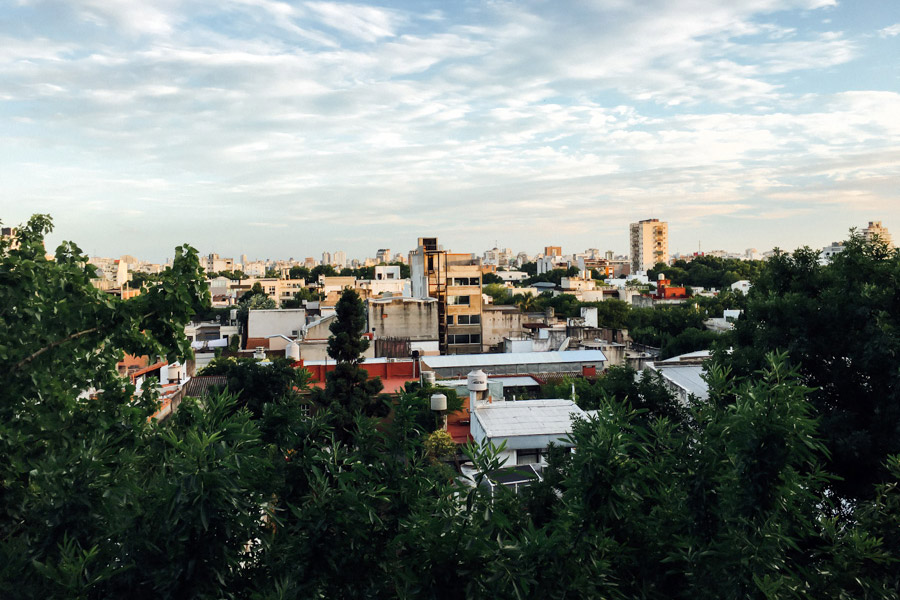
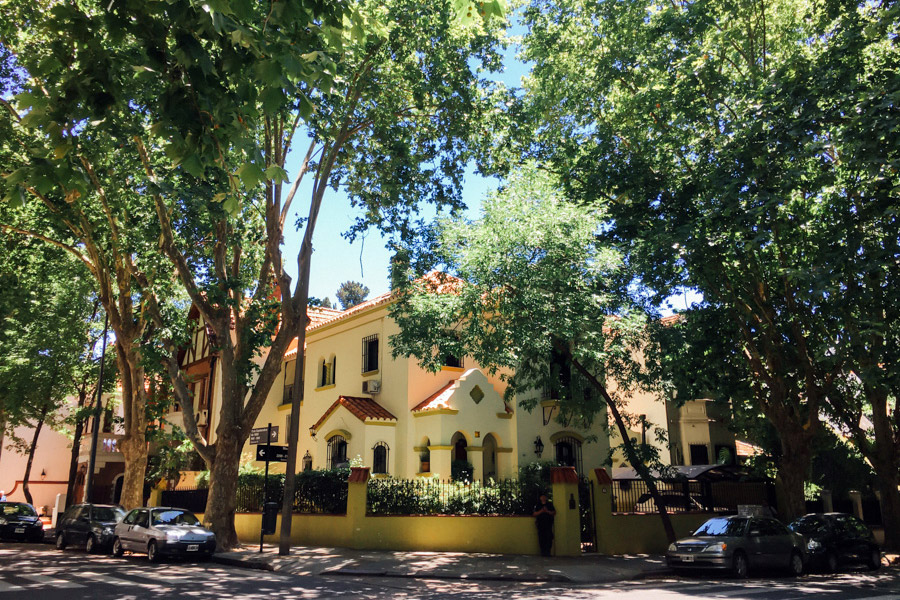
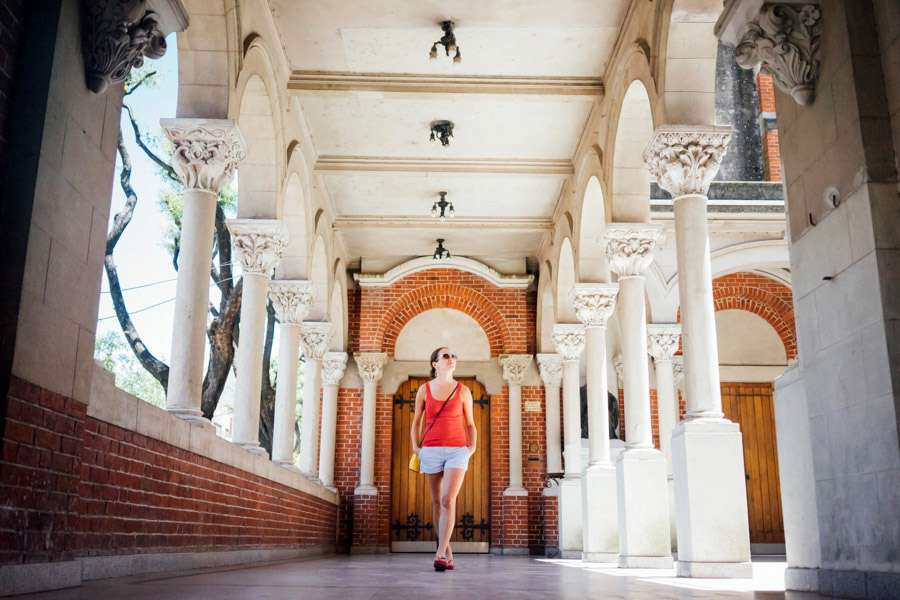

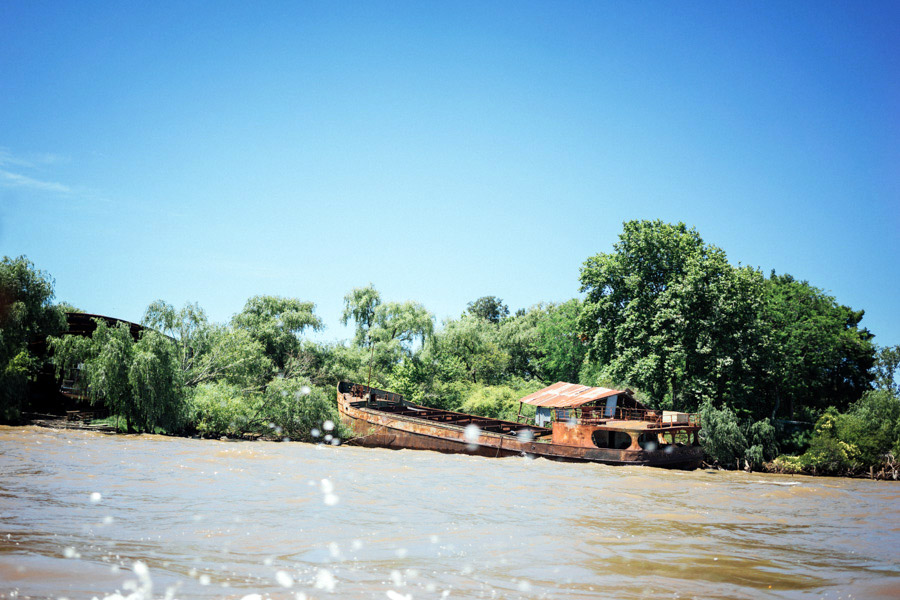
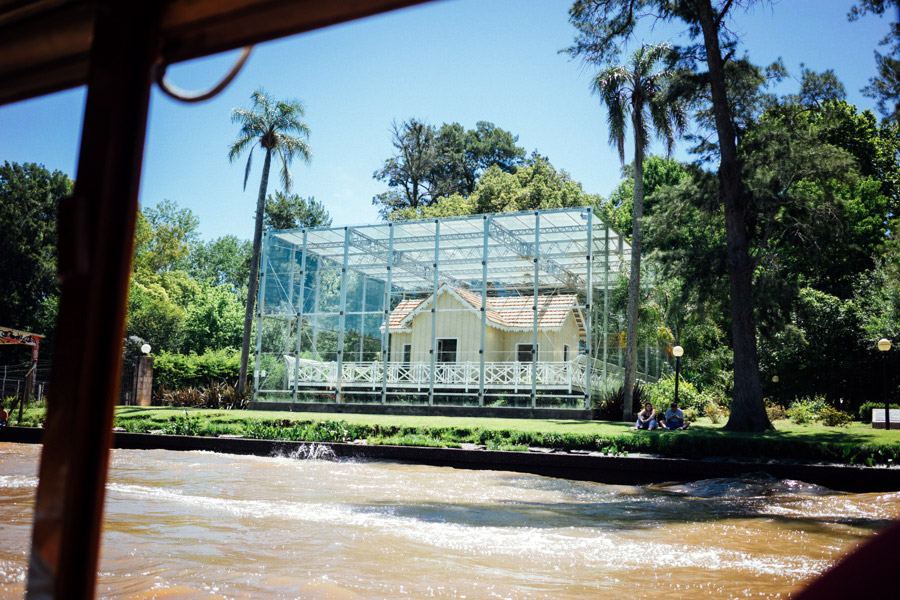
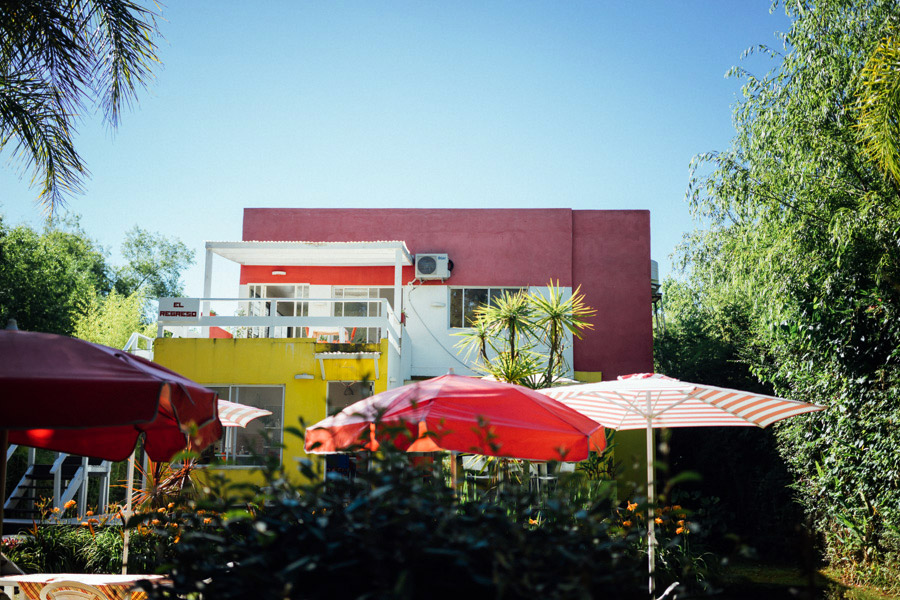

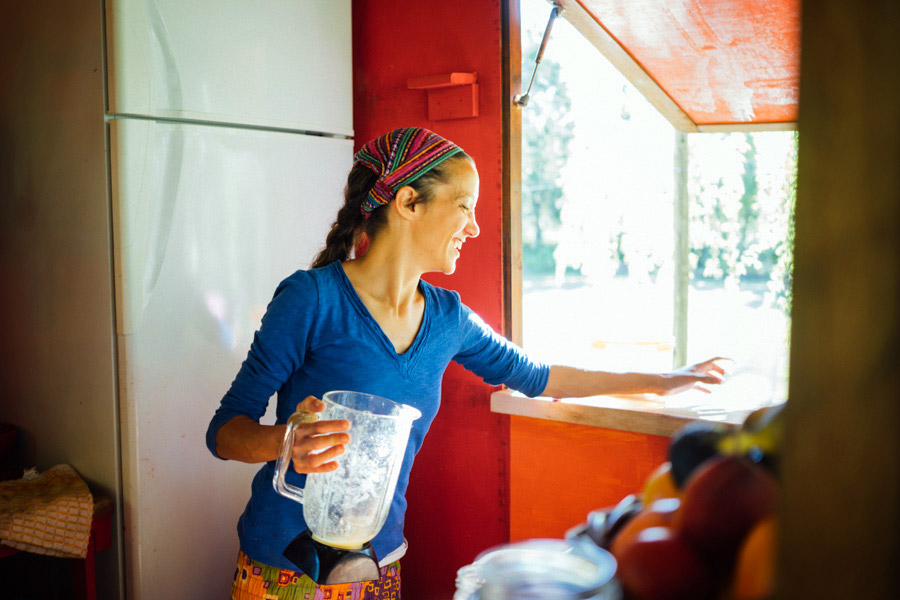
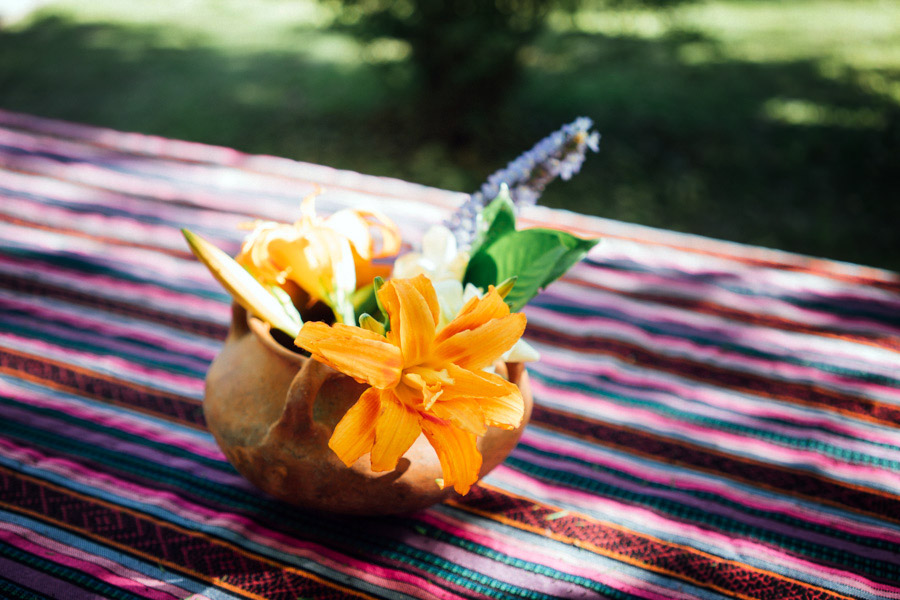
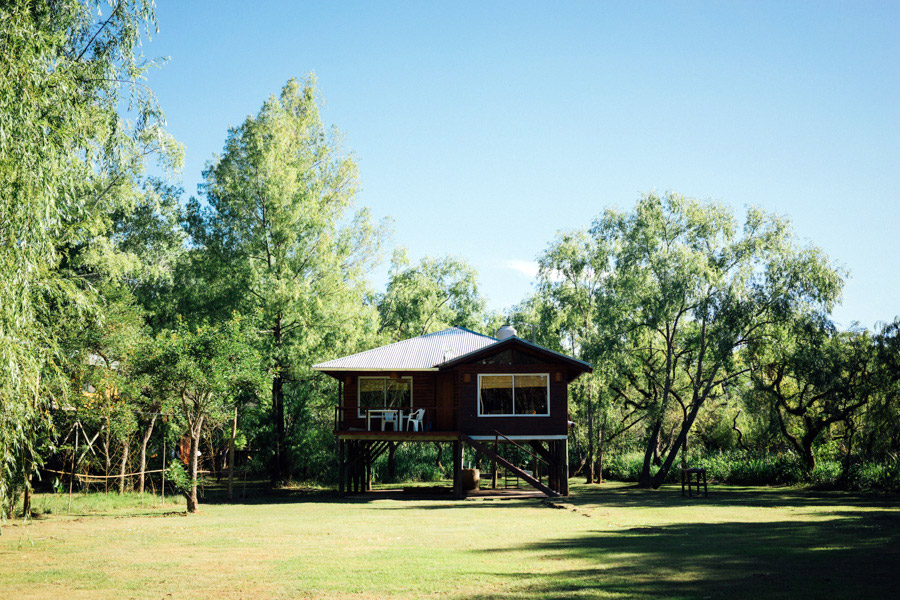
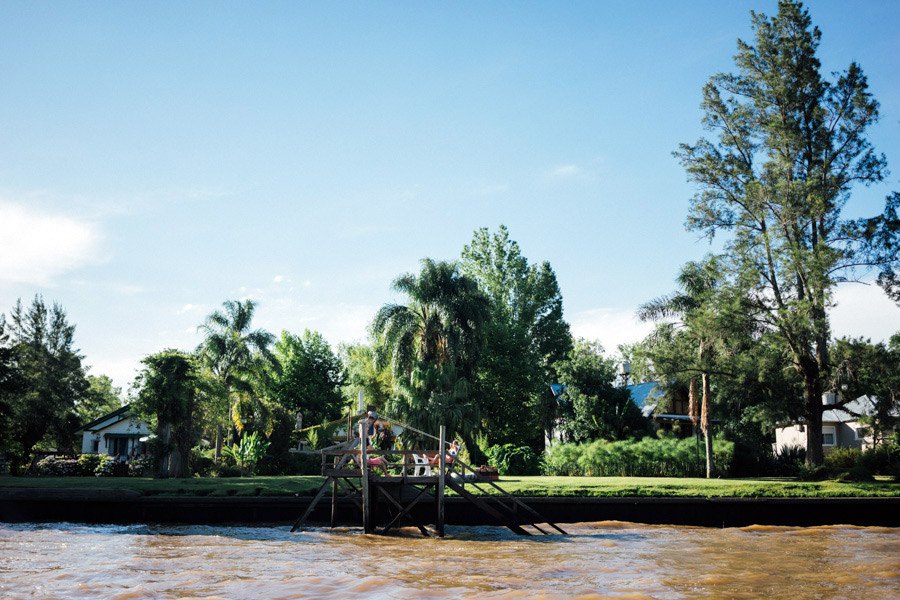
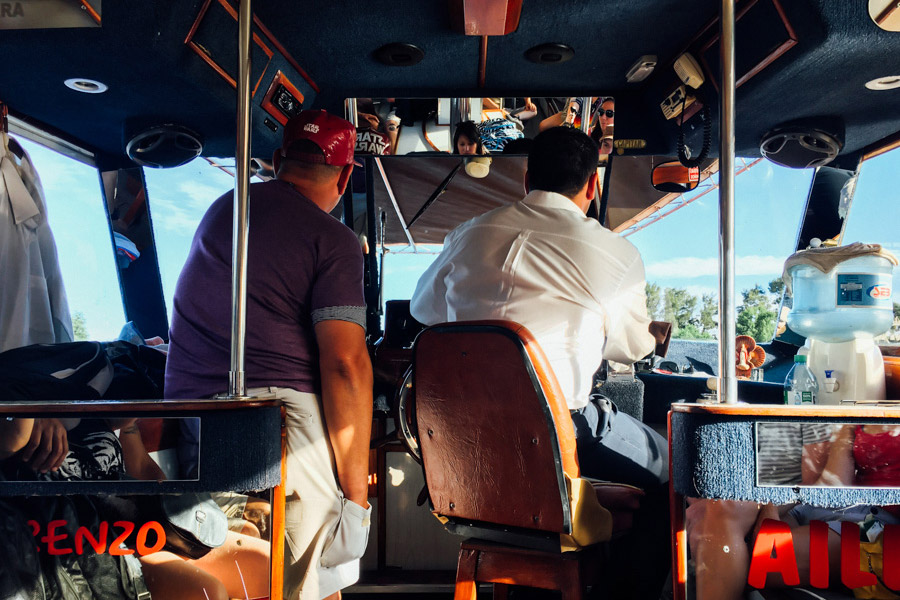
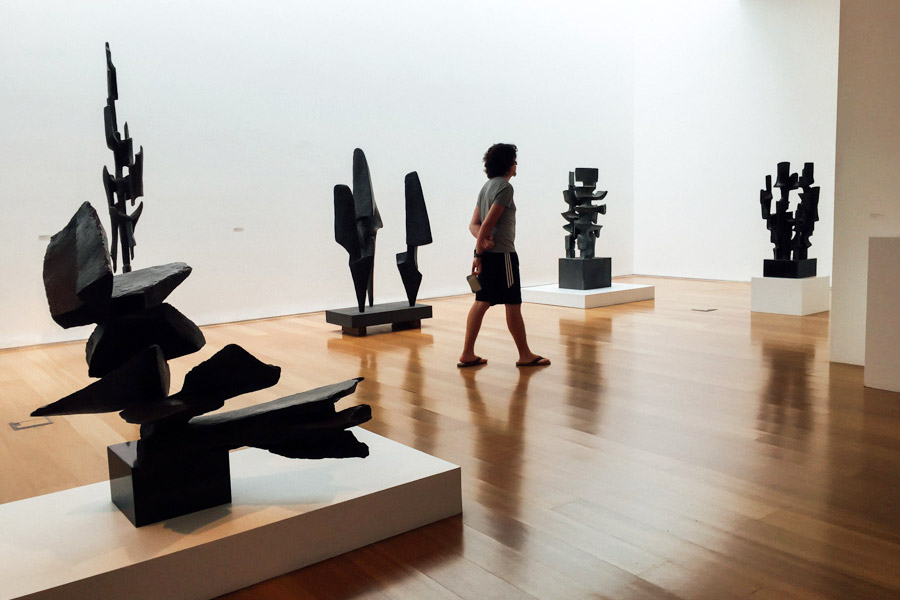
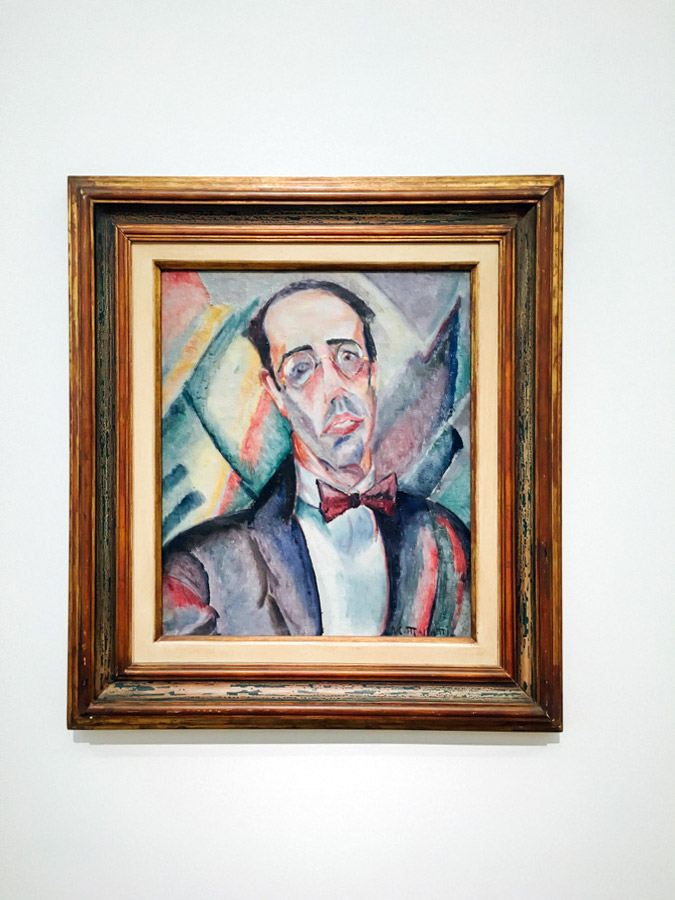

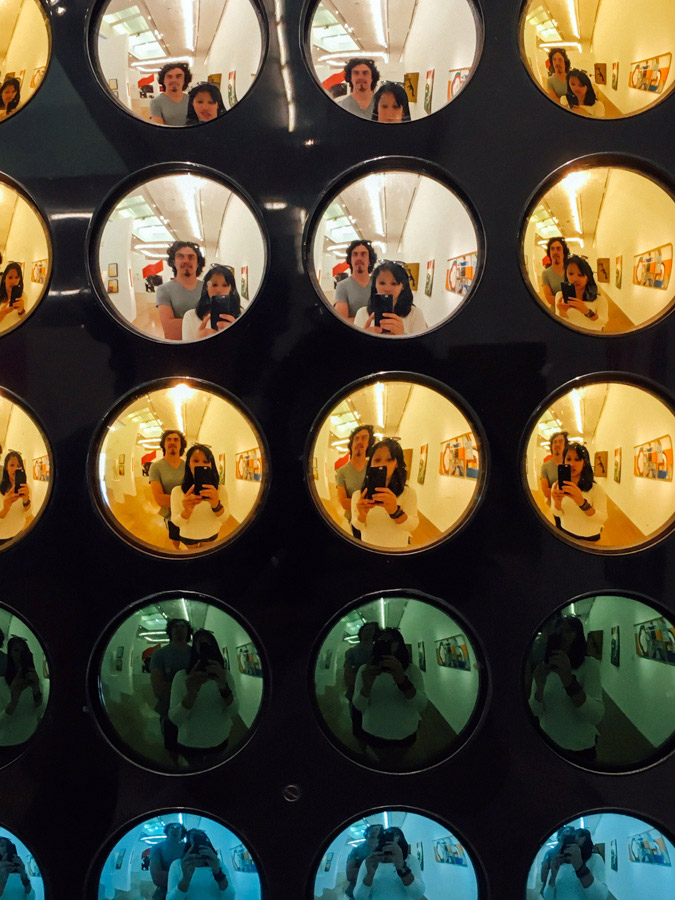

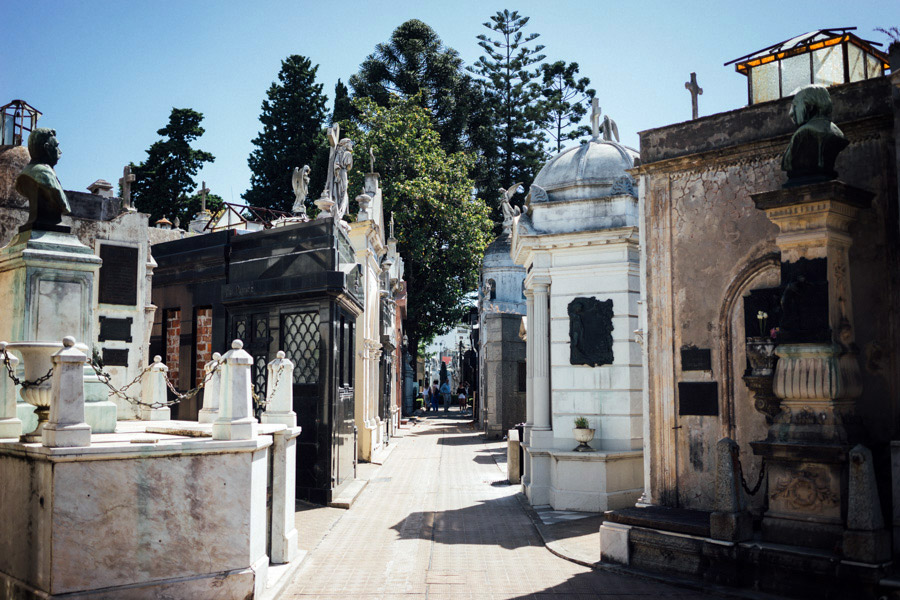
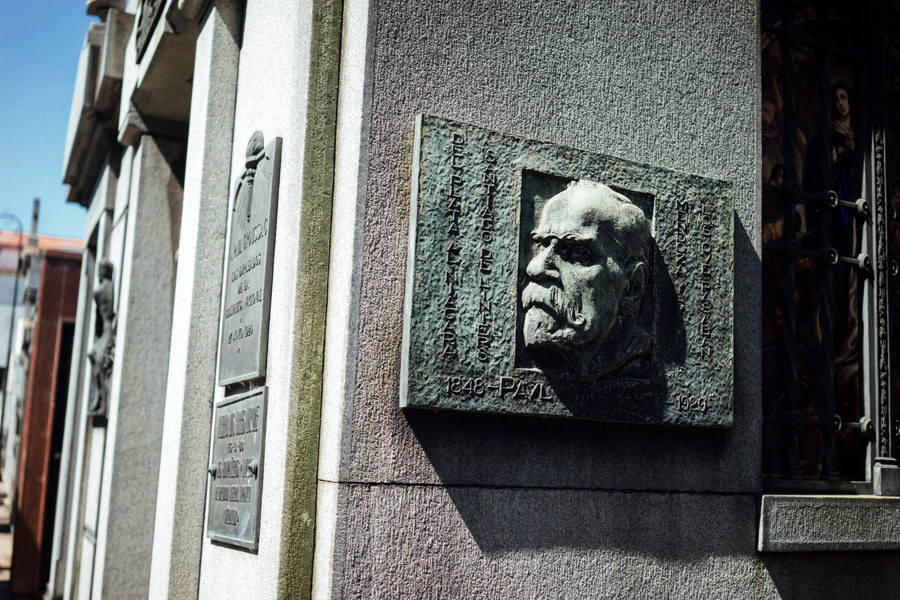
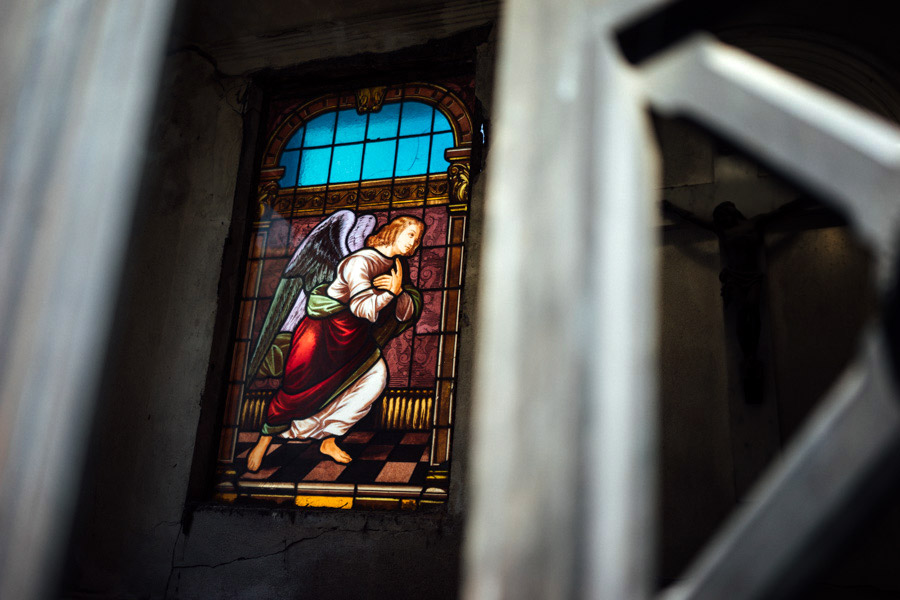
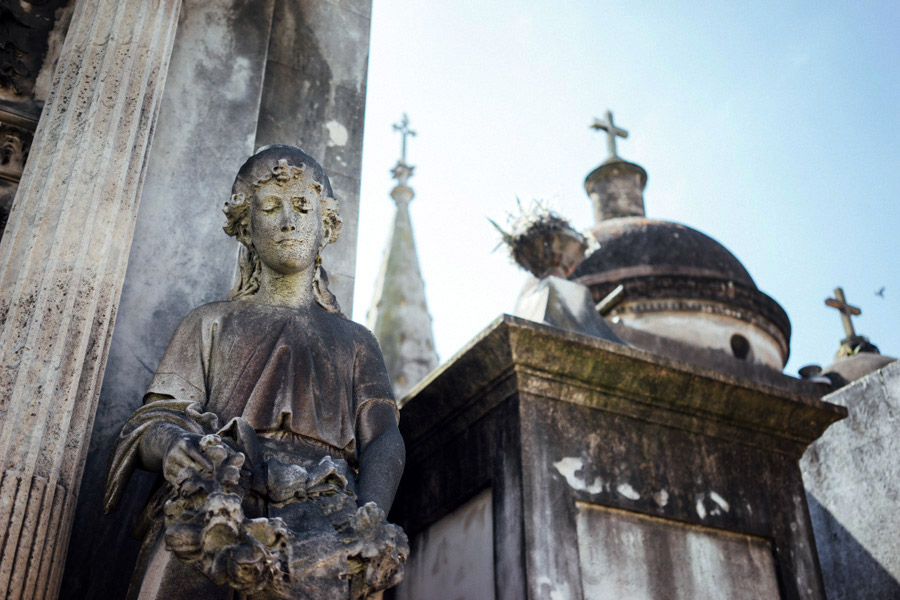
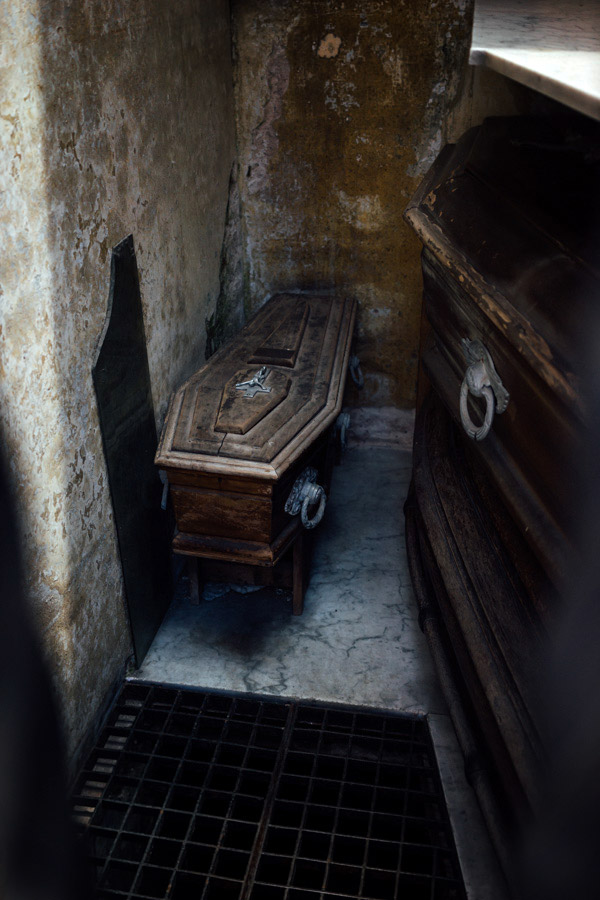
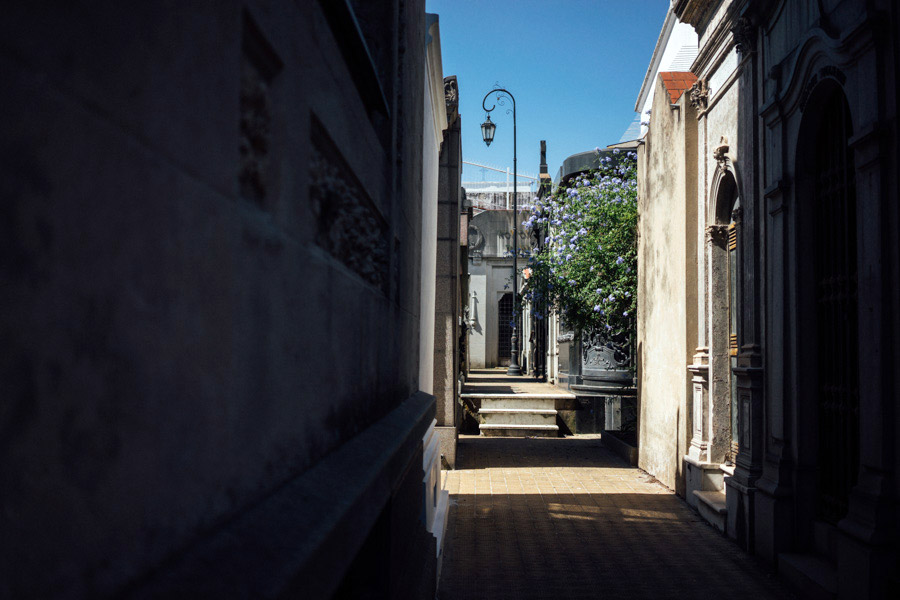
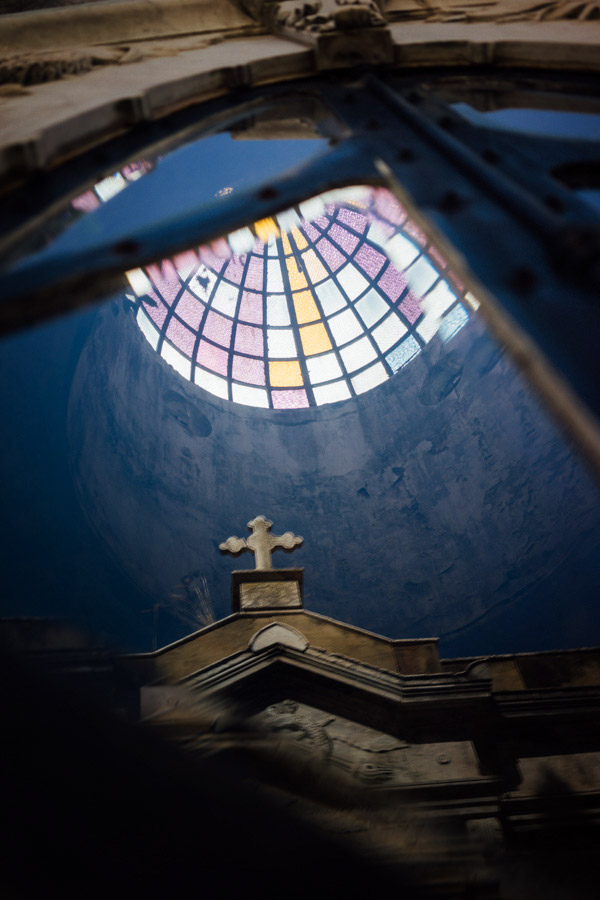

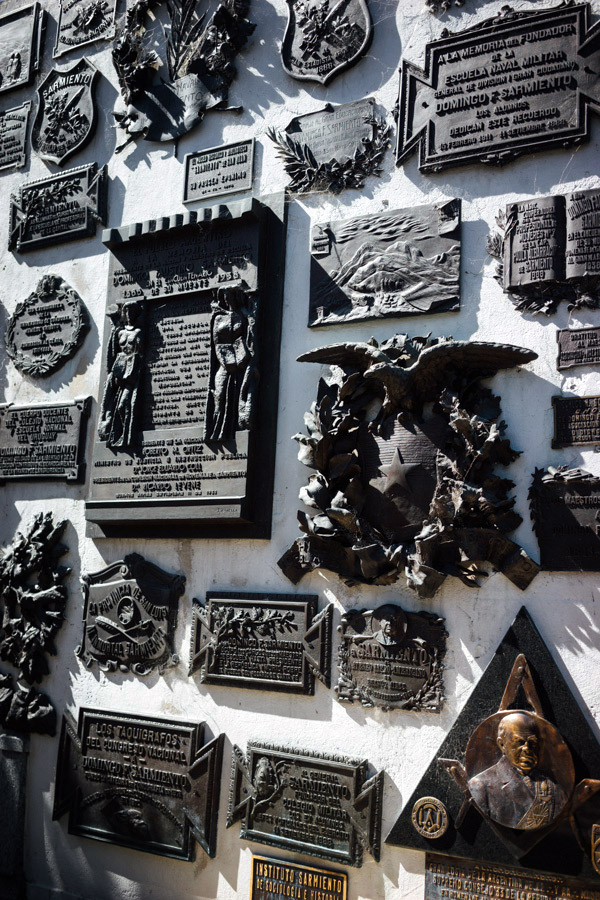
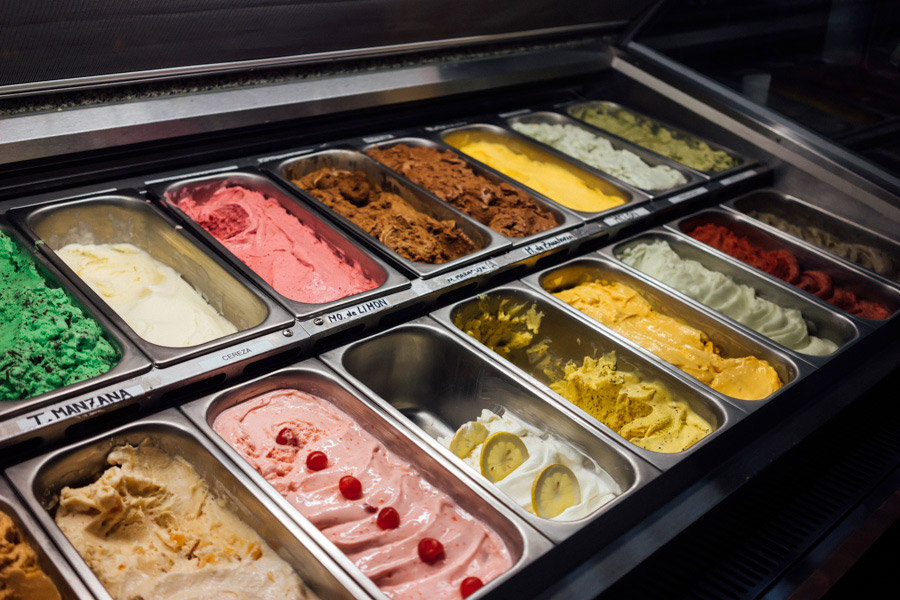
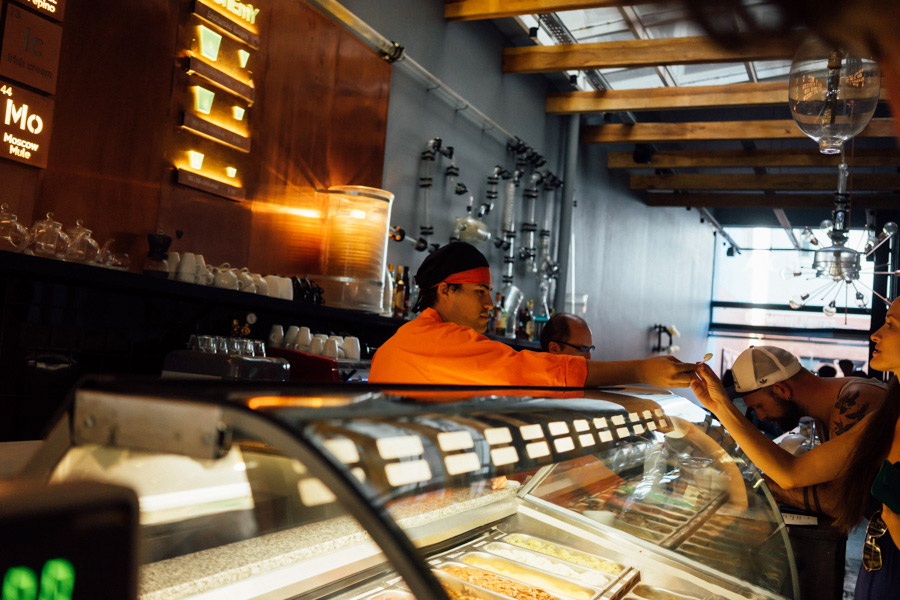
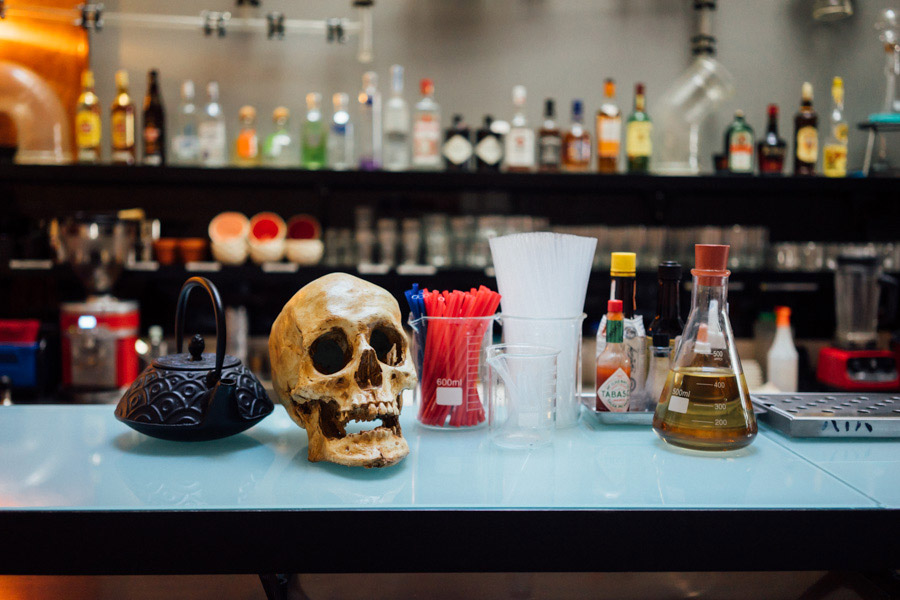
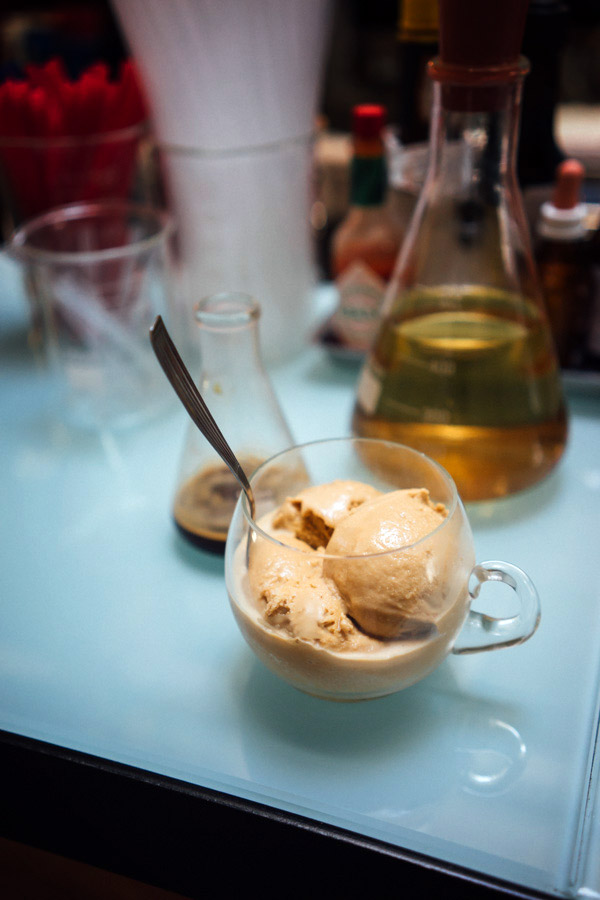
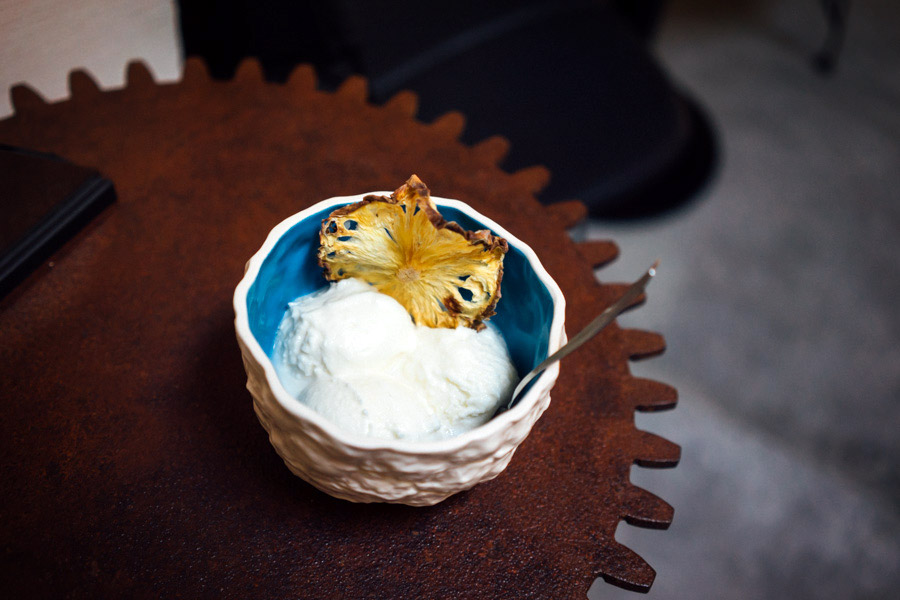
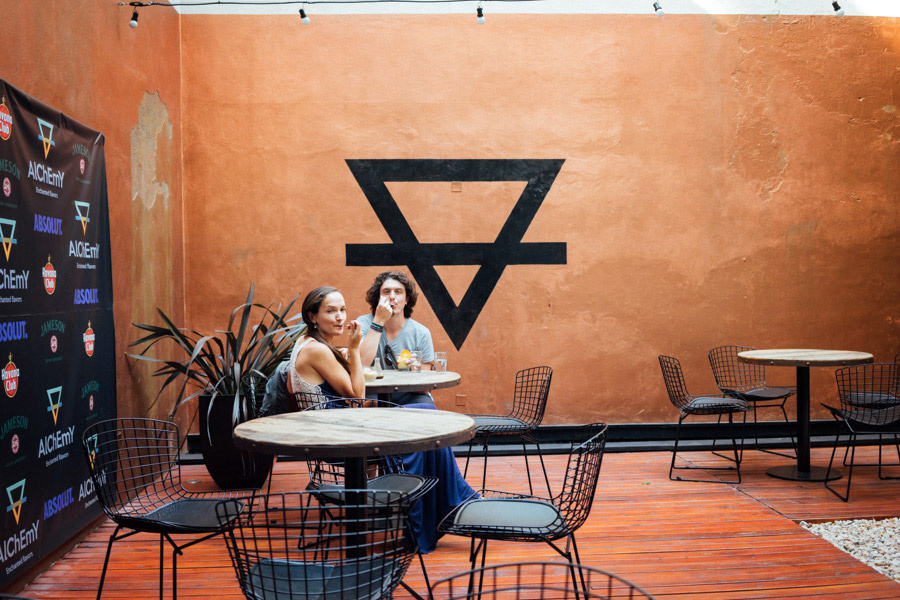
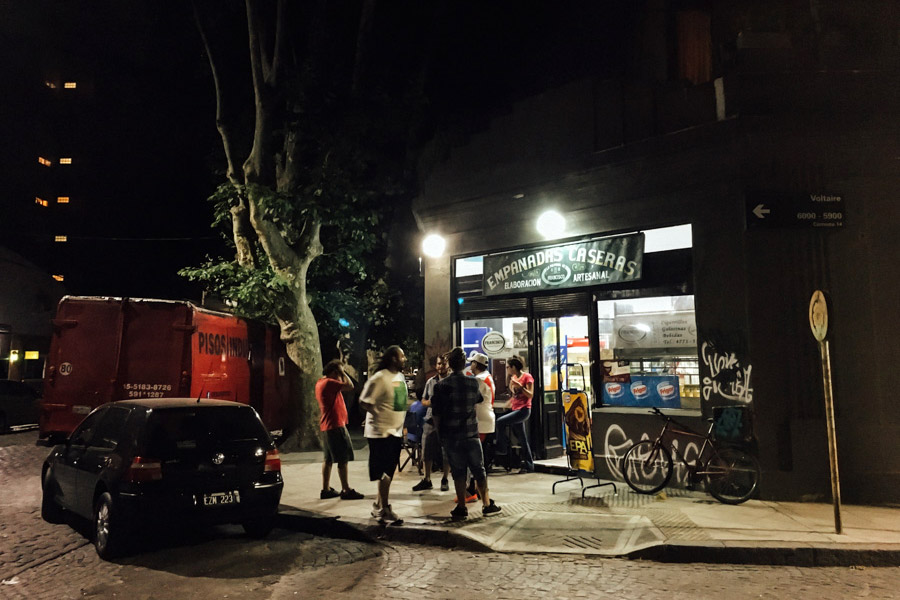
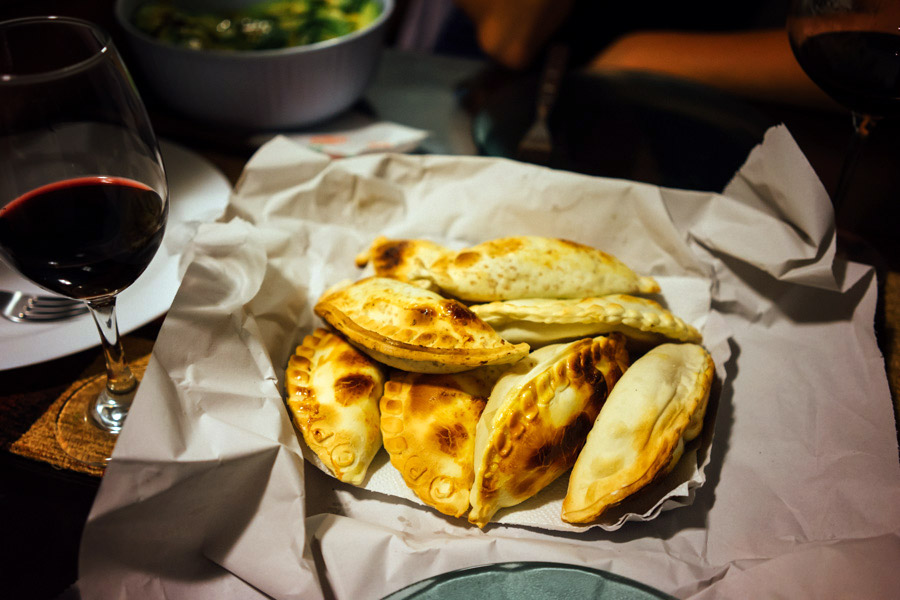

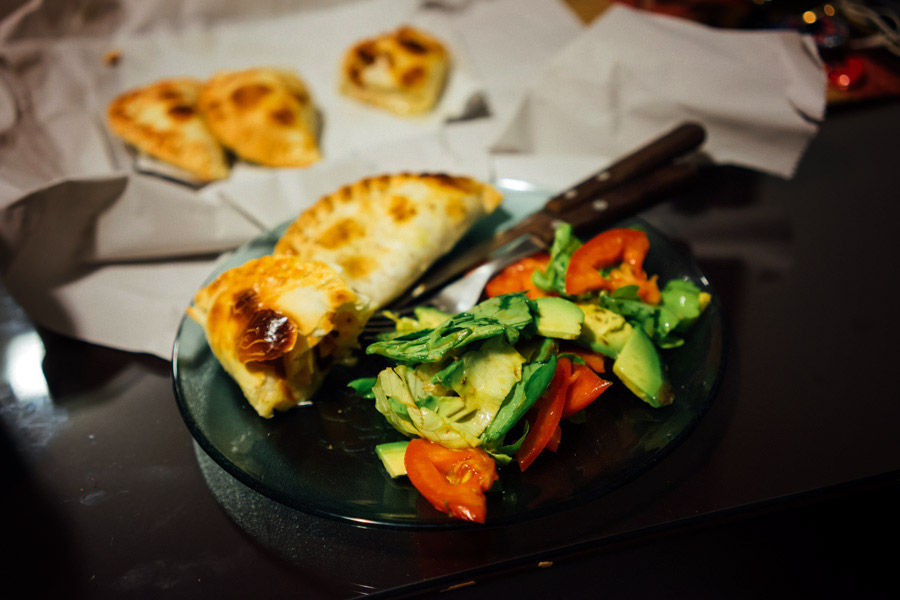
Uruguay
Only an hour ferry from Buenos Aires, we decide to take a trip to Uruguay with Tonya. Uruguay is the country without worry - a Switzerland stuck in South America, our walking tour guide will tell us later in Montevideo. One of the richest countries in the continent (second to Chile in GDP per capita) with the most progressive laws: legalized marijuana, same-sex marriage and more. They even have a day celebrating an ancient African goddess - just because it’s always good to have something to celebrate. Very few are getting married, so they decided to create fake wedding parties to add to the celebrations. To combat drug cartels, they chose to legalize drugs and educate instead. With its highly diverse population, the only common threads are its two religions: football (soccer) and mate (pronounced “mah-tay”), which they all carry around in the peculiar cup and sip from throughout the day. And of course, the twelve million cows surpassing the country’s population by four folds.
We take a bus to Punta del Este, a resort town for Argentinians and Brazilians. We’re only passing through to visit Casa Pueblo, a Dali-like house by an Uruguayan artist, before another bus to Cabo Polonio.
Protected by the surrounding national park, Cabo Polonio is a jewel of tranquility in Uruguay. The only access is via a thirty-minute jeep ride over sand dunes and along a beach to arrive in a small makeshift town full of quirky cabanas constructed by locals. For us, the ride happens at night during the full moon. Its silver light illuminates the waves and trees, giving an eerie feel to the place. Many tourists coming to watch the stars, Cabo Polonio is one of the remote places in the world where you can see the Milky Way clearly.
Without access to electricity or running water, the small village was created by a community looking for a different life. Call them hippies, dreamers, or just smart people. Anyone can arrive and build his house, automatically becoming part of the colony. Many homes now have solar panels and windmills providing enough electricity to light the place at night. The plants of marijuana are in every backyard. Albeit becoming more touristic every day, Cabo Polonio keeps its charm thanks to the surrounding park preventing any serious hotel from setting up in town.
For us, it’s the perfect place to make sangria with boxed wine, visit dunes and sea lions, and make new friends. Nothing like a cold windy day to get us all huddled in the room and talking. Germans, Brazilians, French, and the occasional American (Madie) and Russian (Tonya). Each with their own homemade dish made from the few ingredients at the grocery store. The bonfire is left to the real German men. A few days of sweet bliss and new friendships before we part again.
We head to Montevideo in another six-hour bus, just for one night with our new friend Pete Peters (which we’ll be surprised to learn later is not his real name). The free walking tour gives us a glimpse of Uruguayan life. Another ferry to come back to Buenos Aires, and a last wine-filled night with Tonya. It’s time to be just the two of us again, and head west over the Andes to Chile.
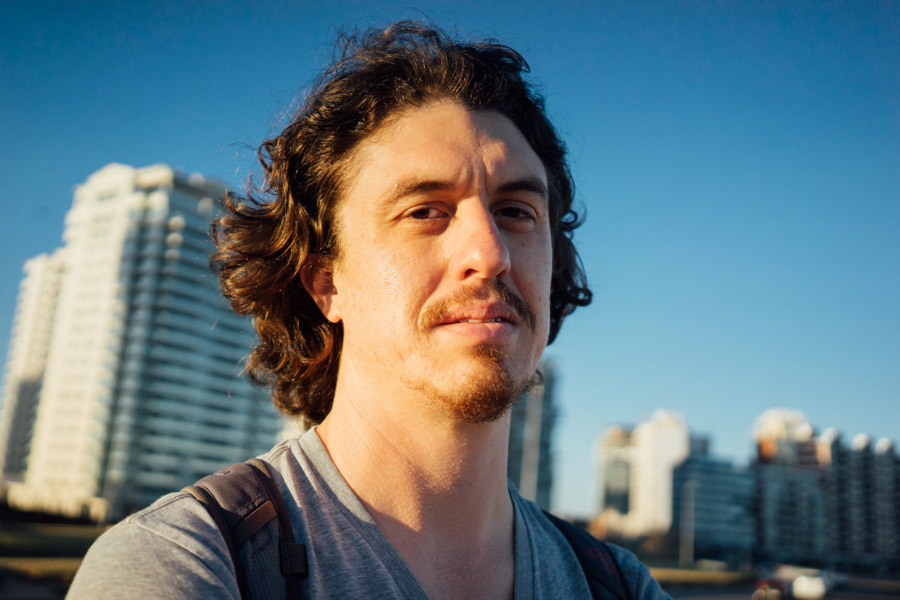
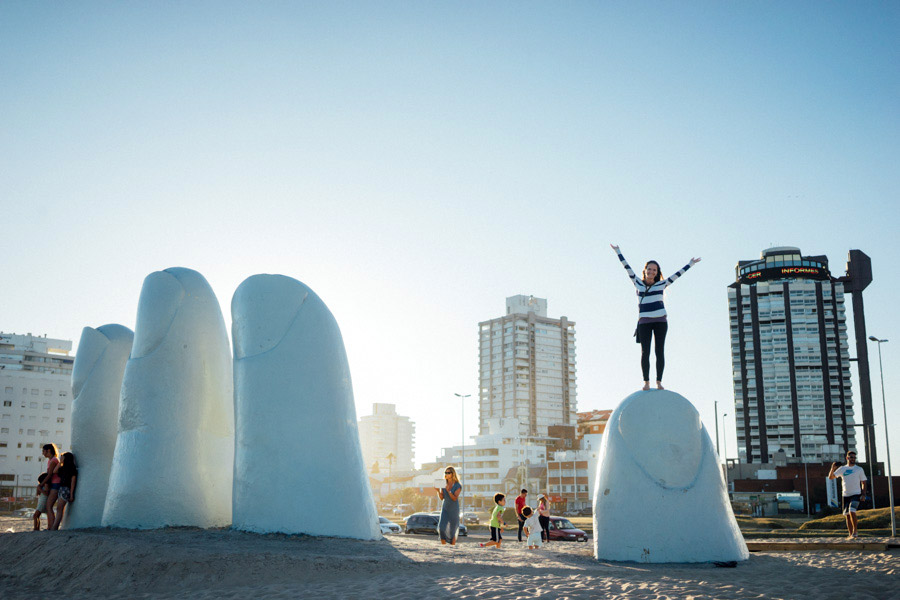
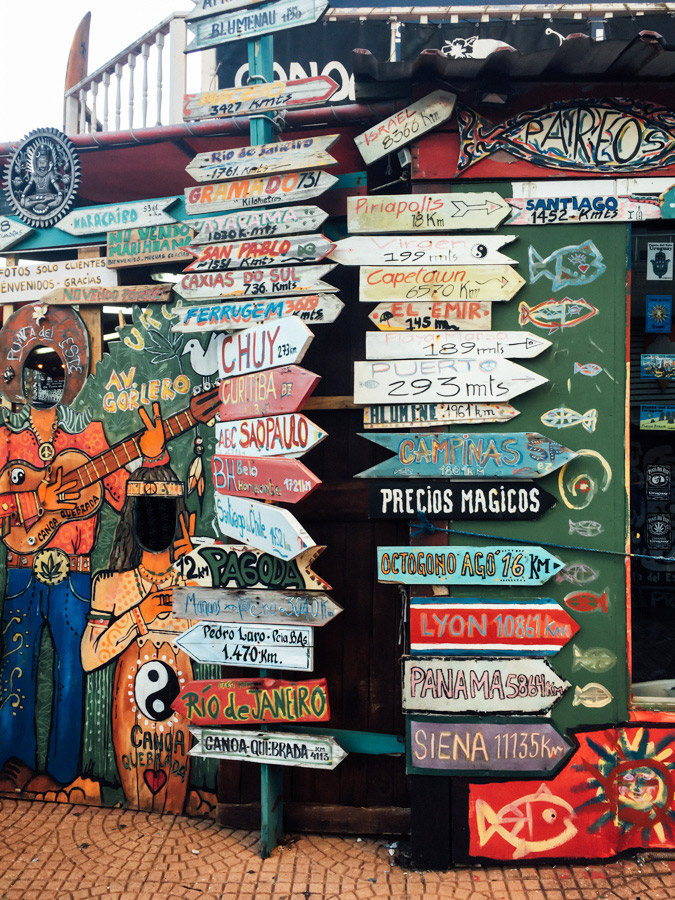

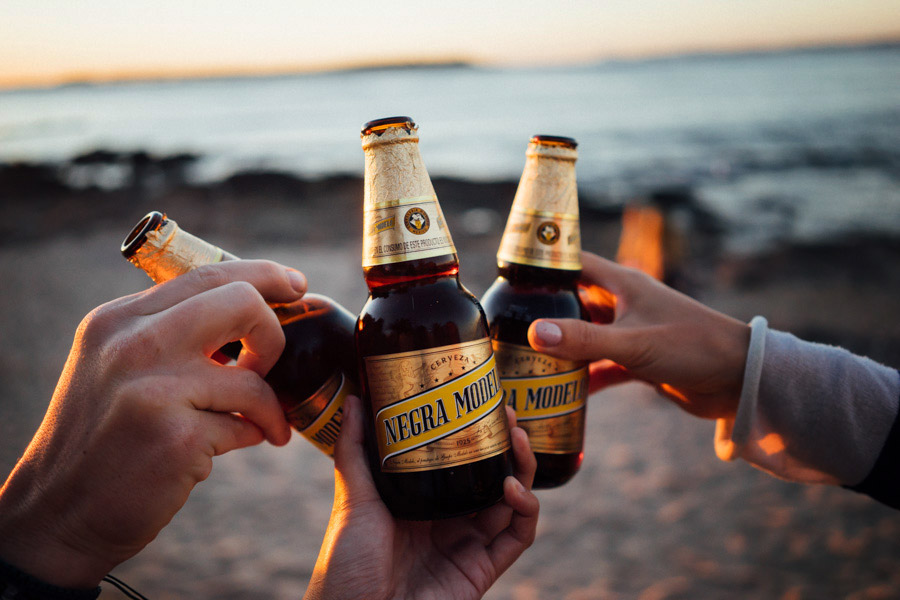
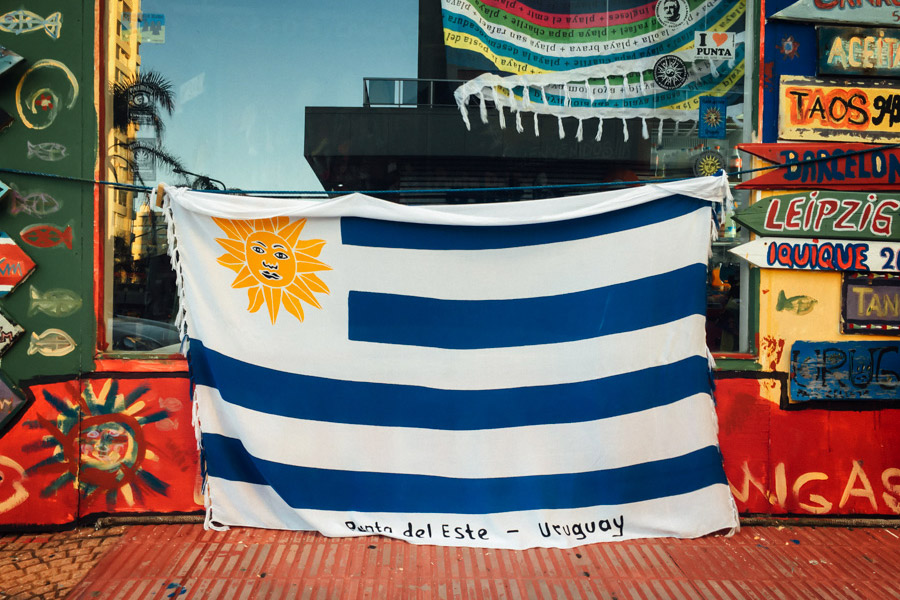
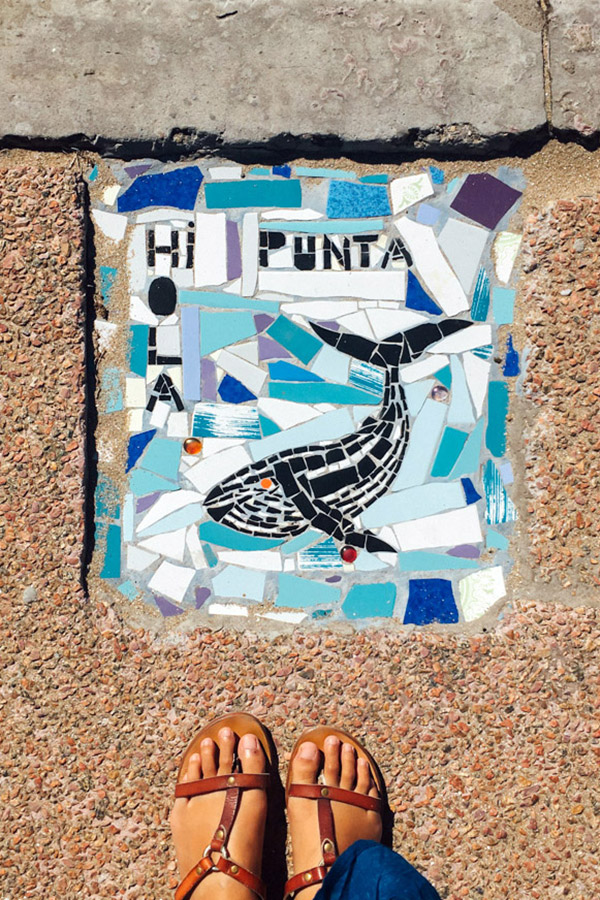


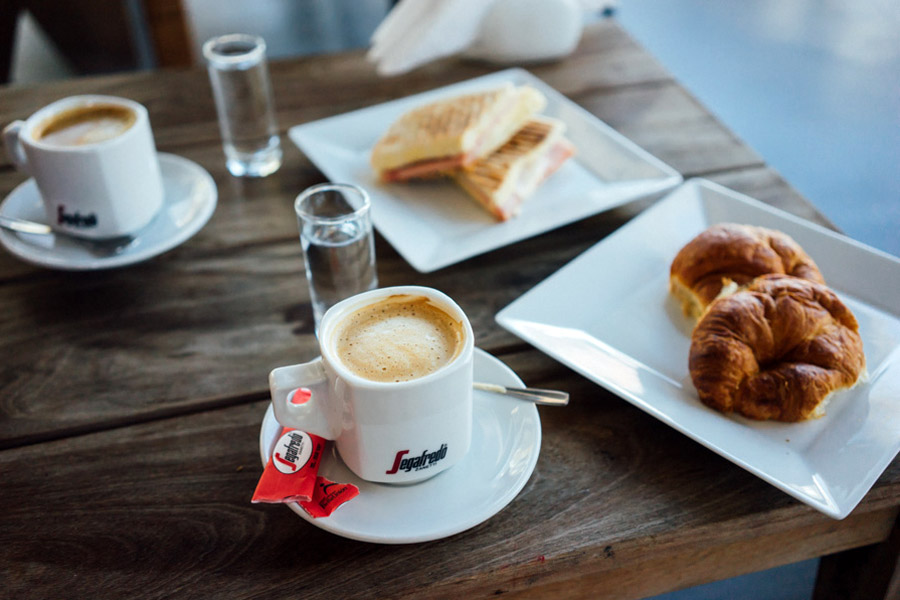
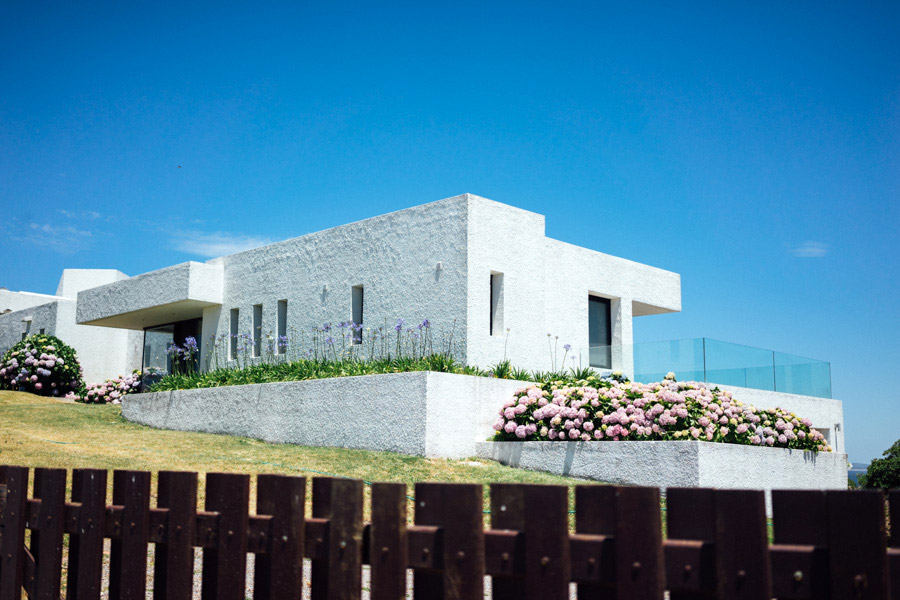
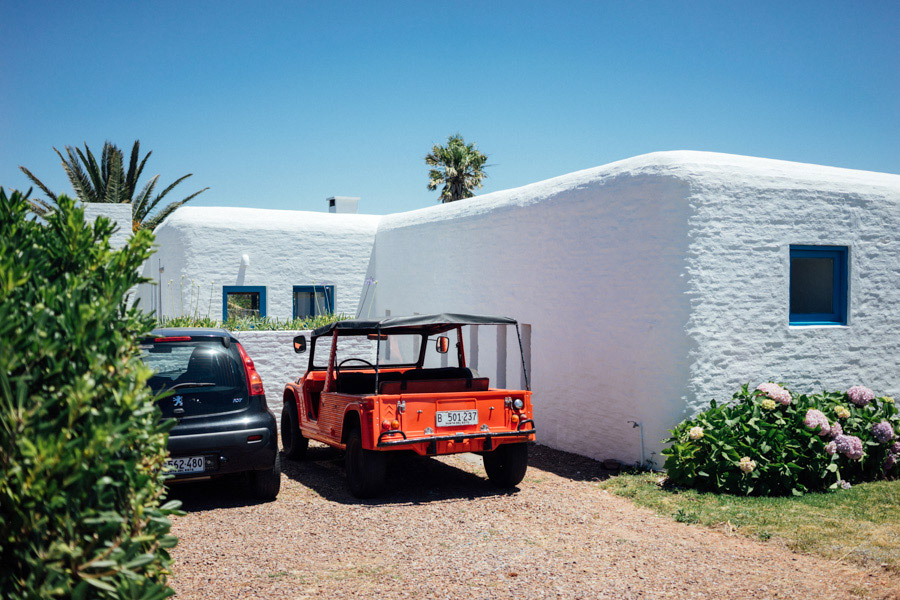

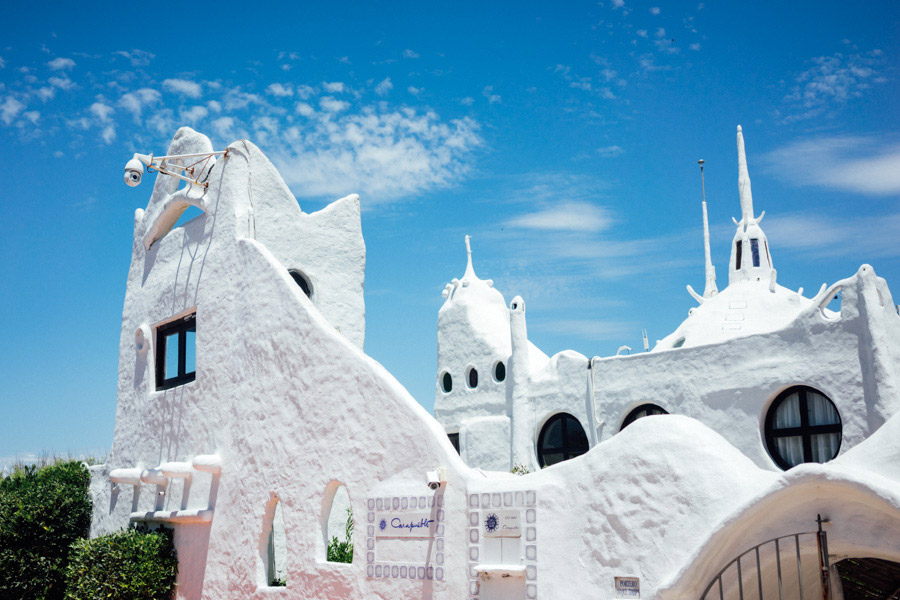
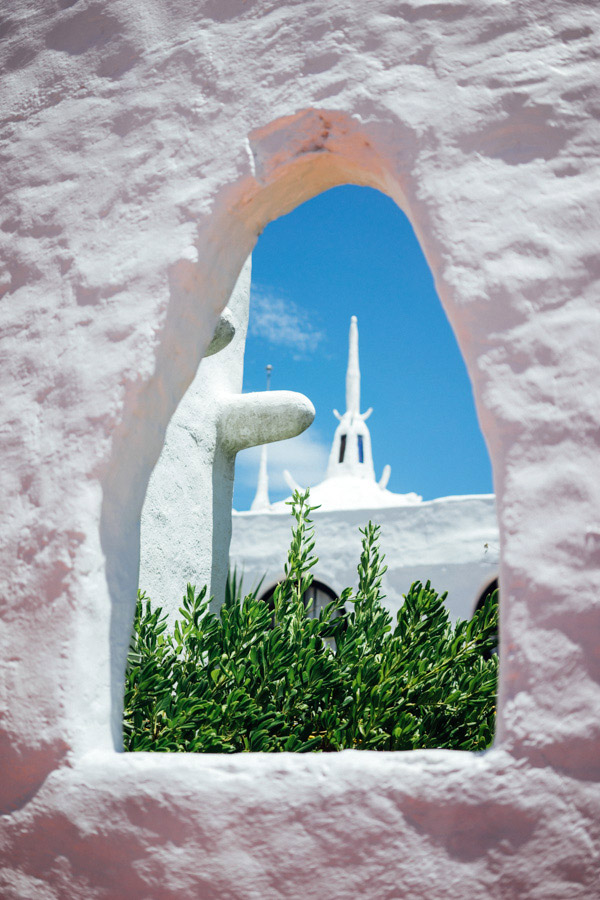
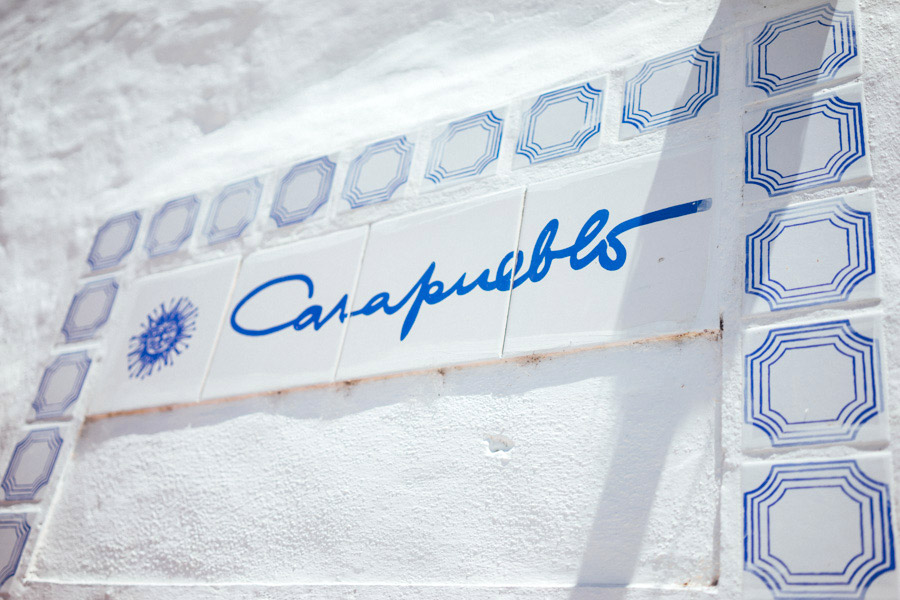
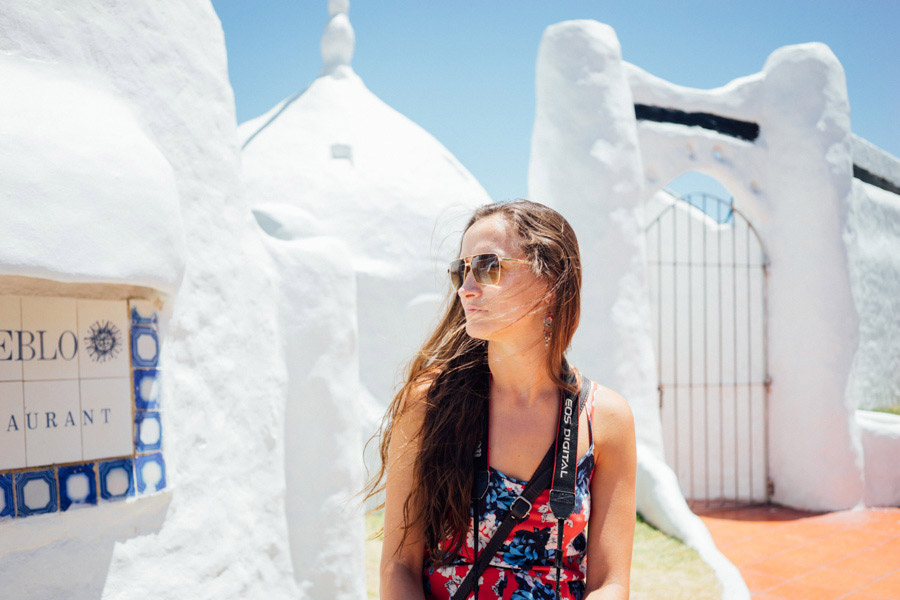
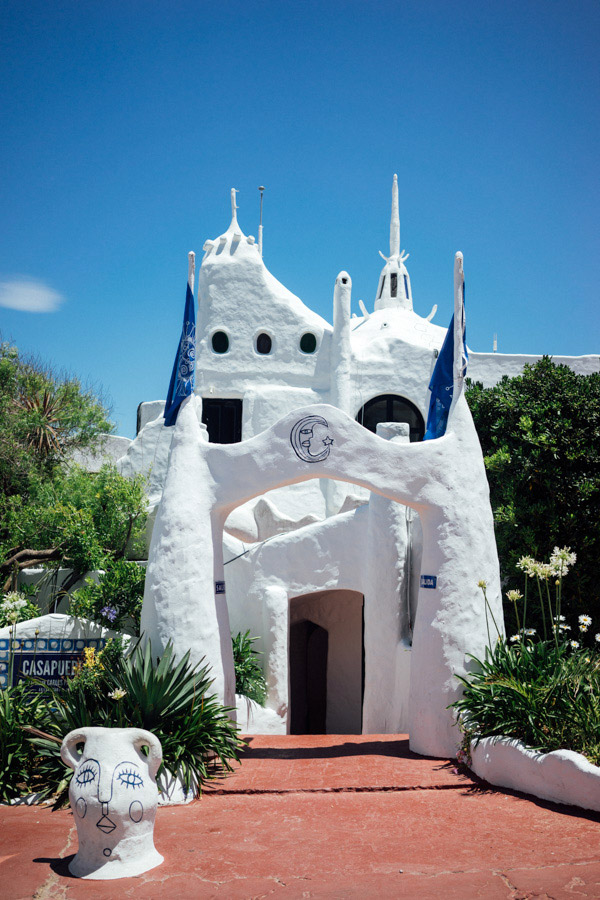

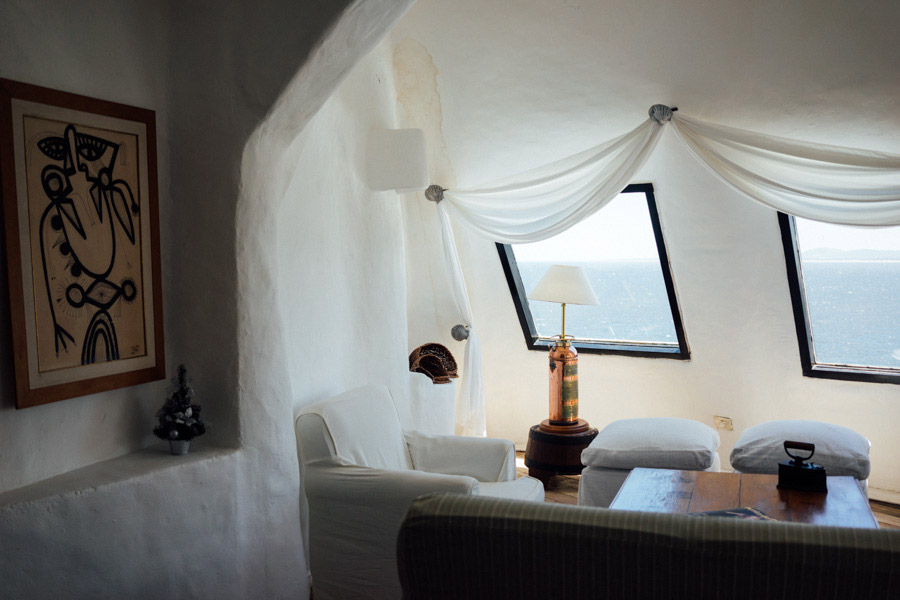
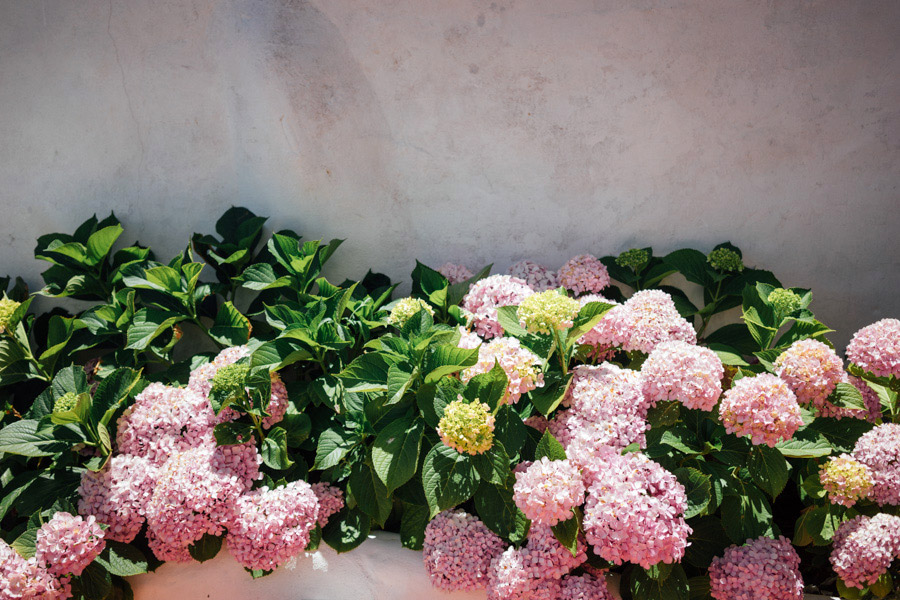

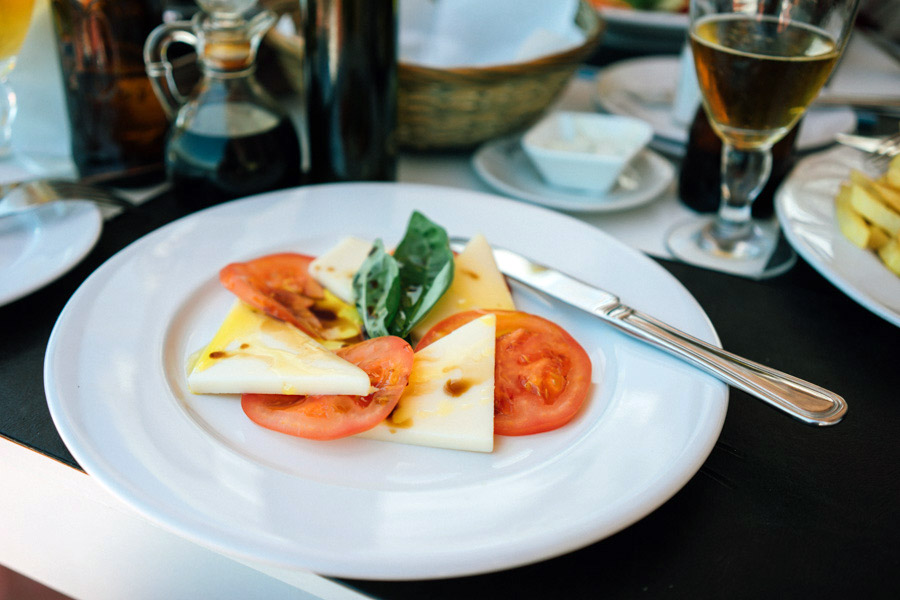
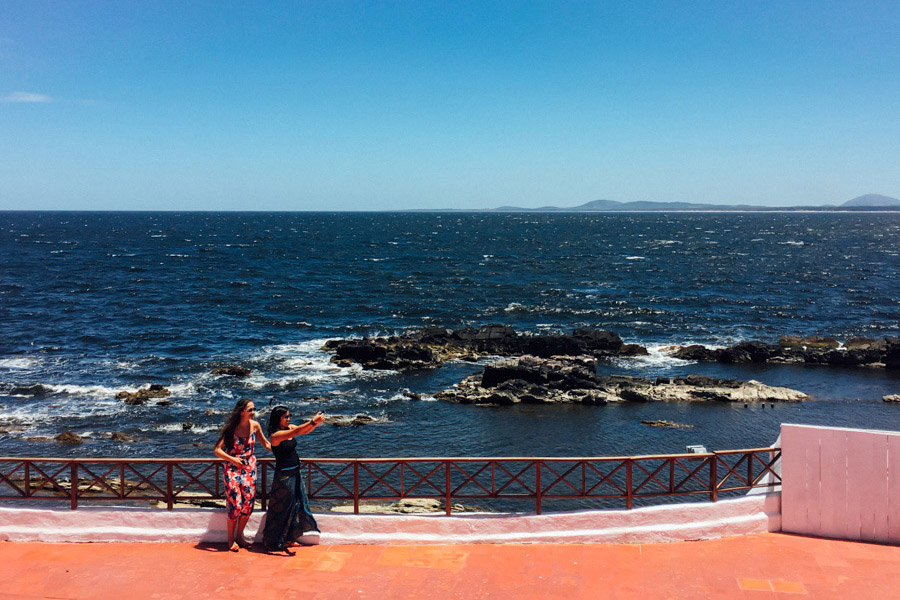
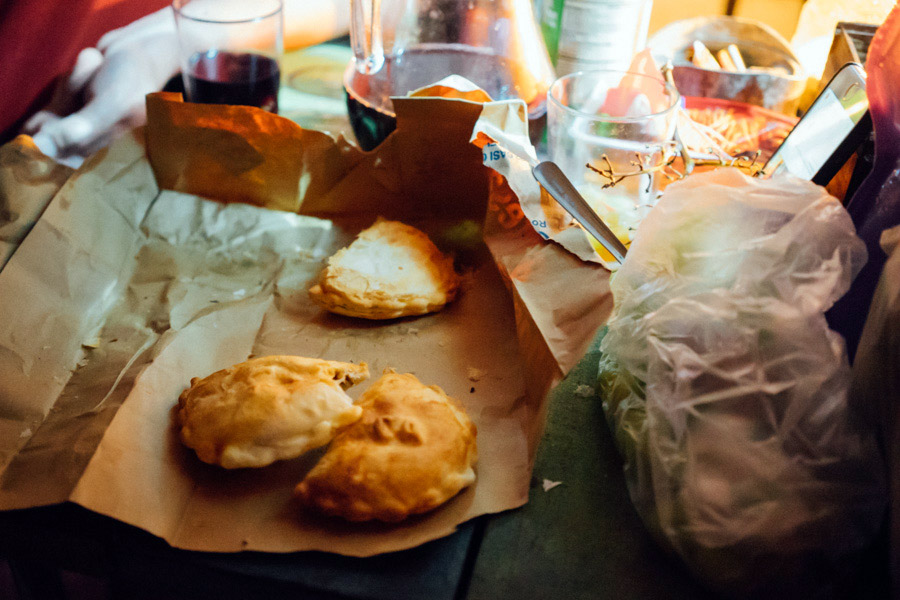

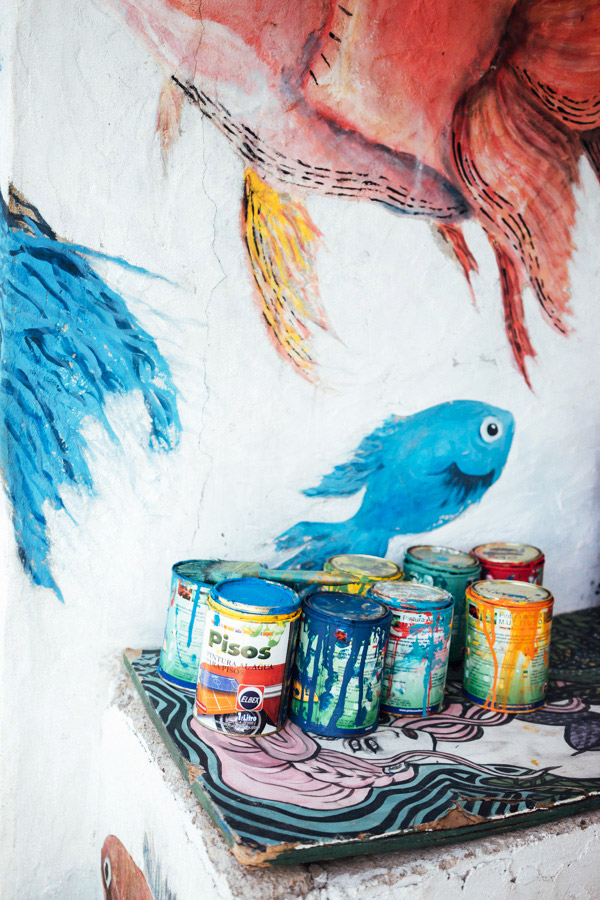
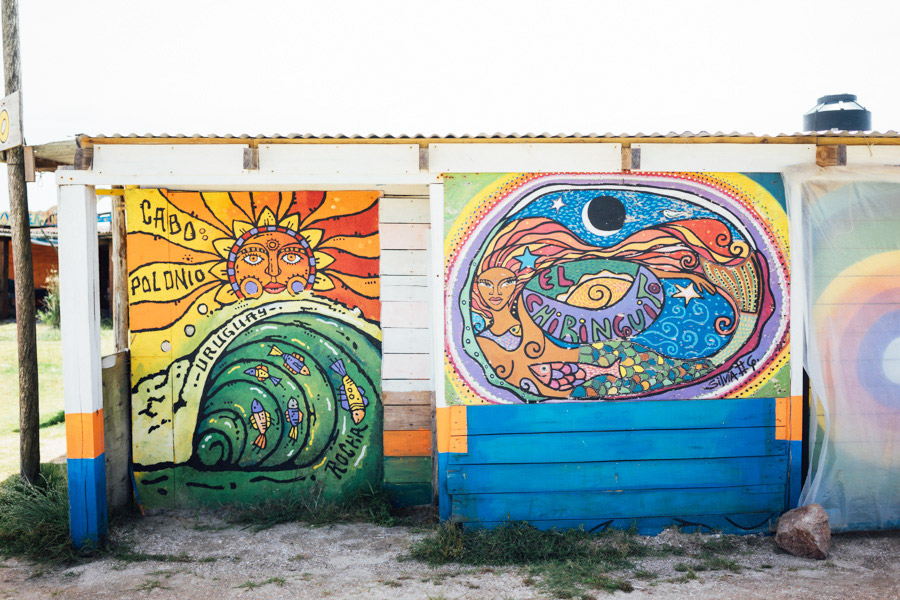

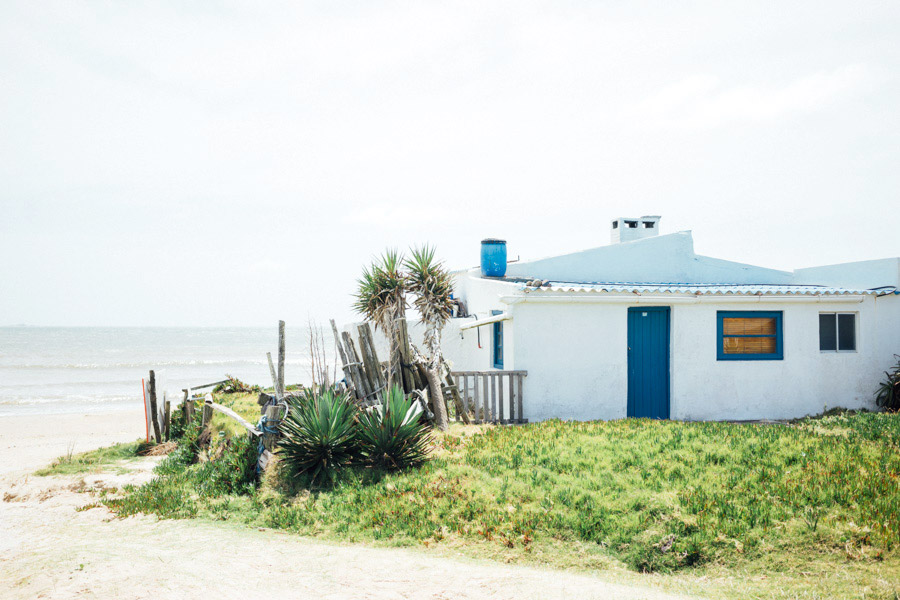

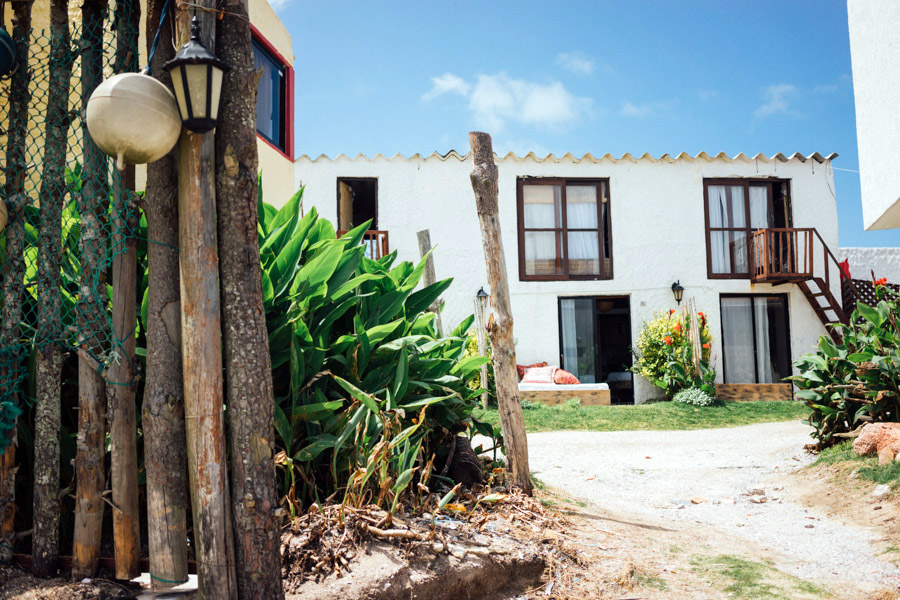

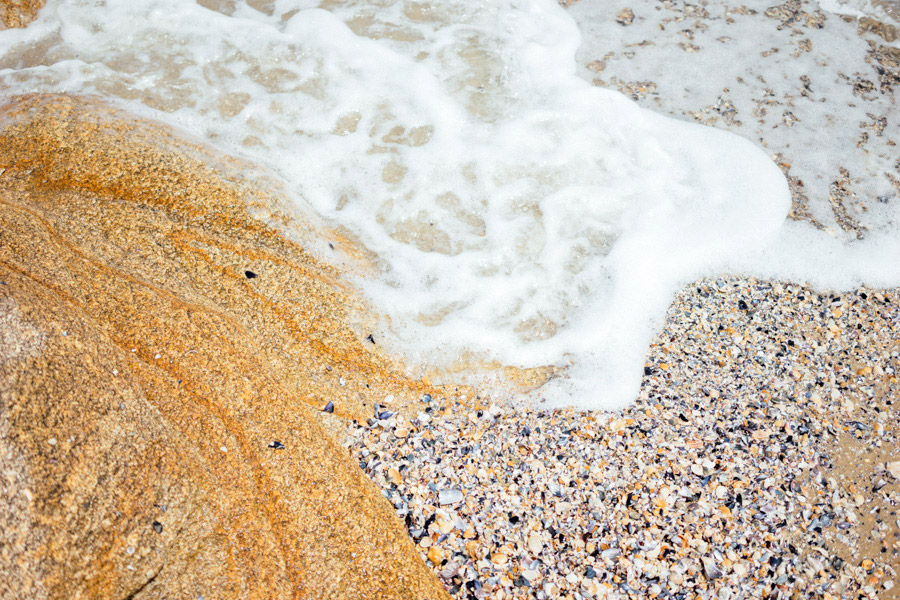

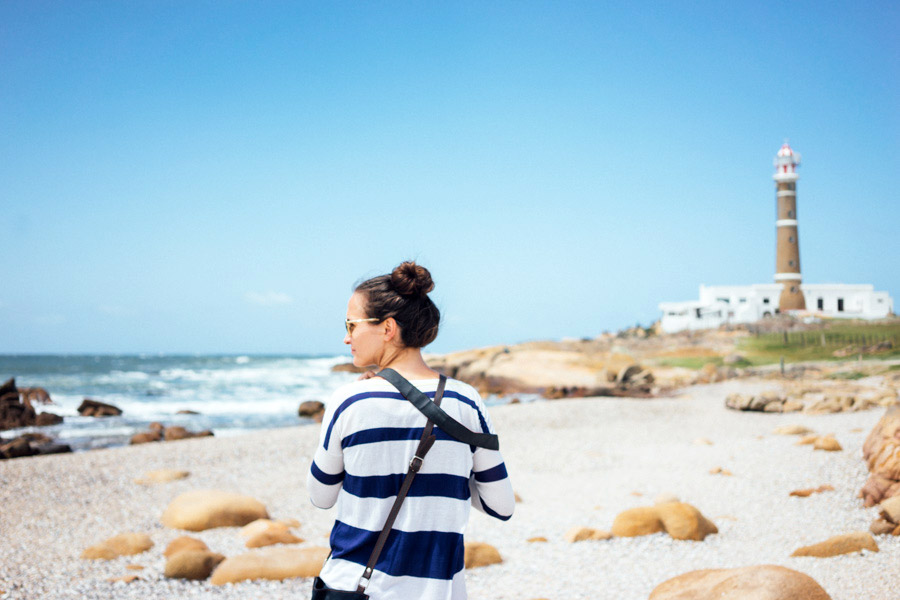

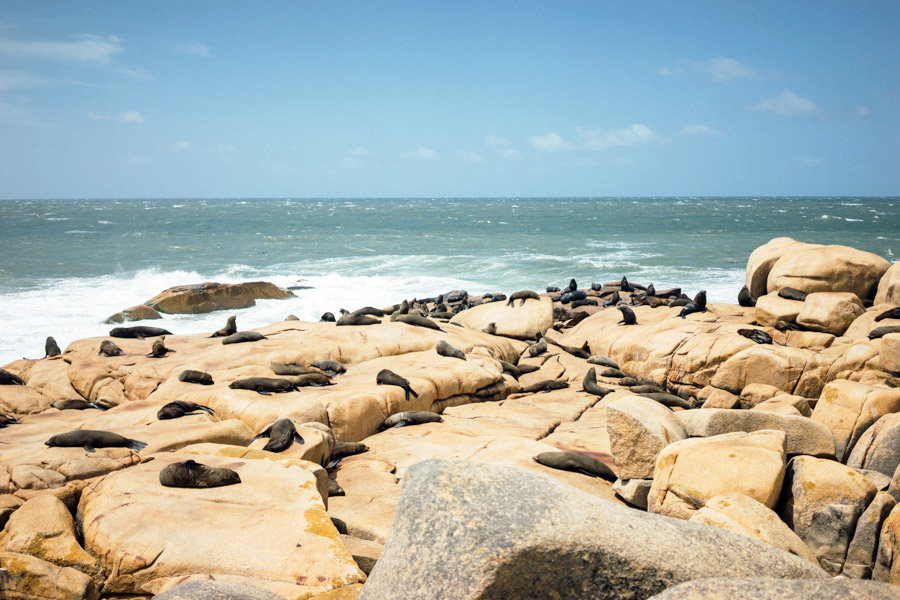

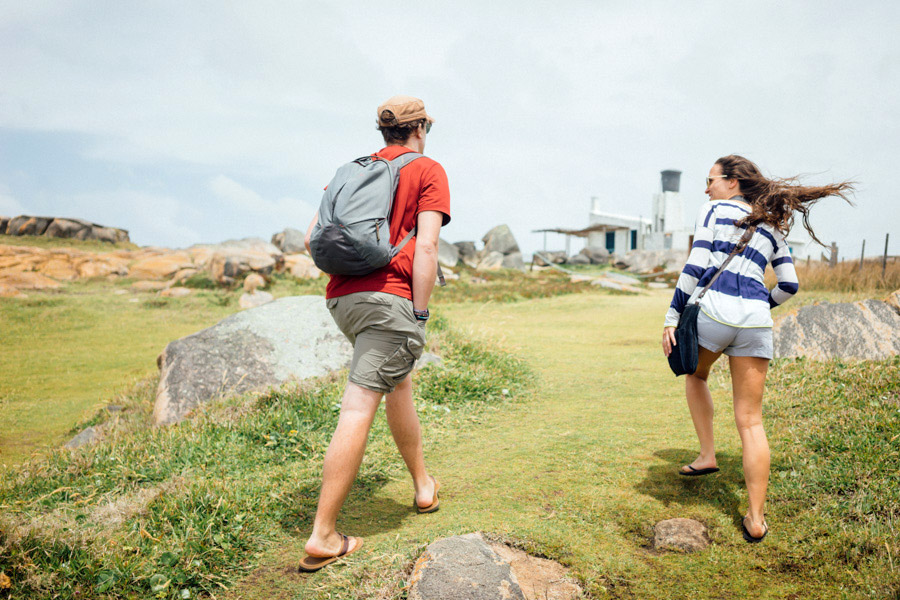

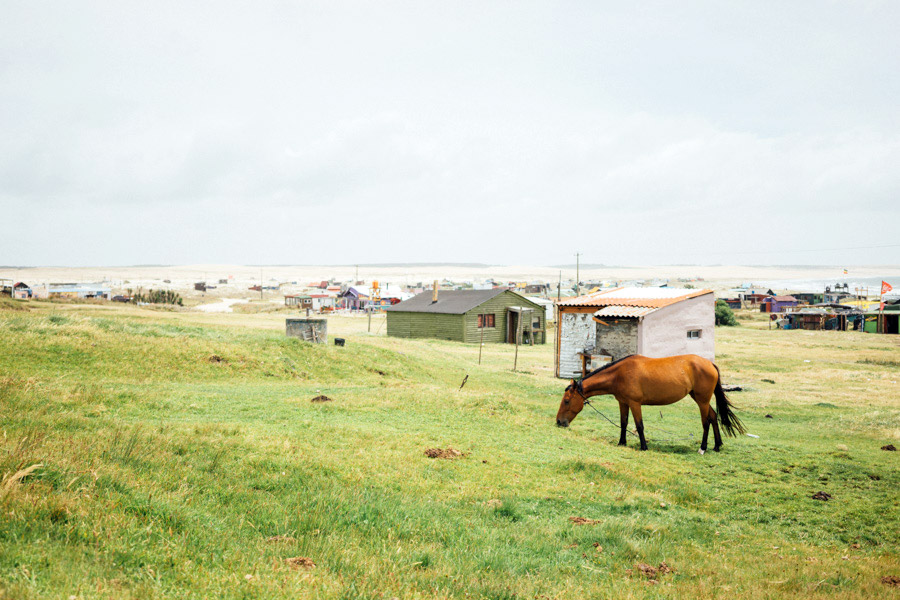

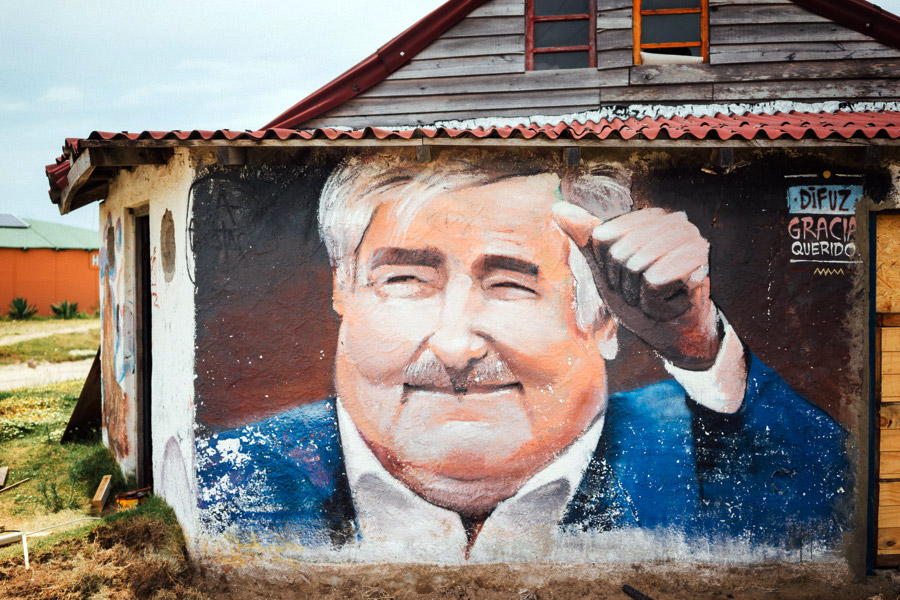

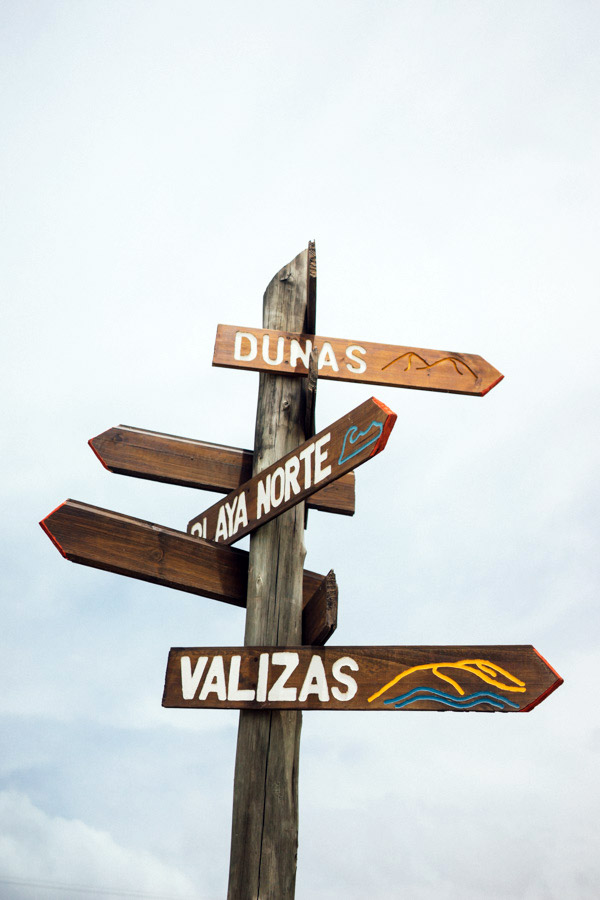


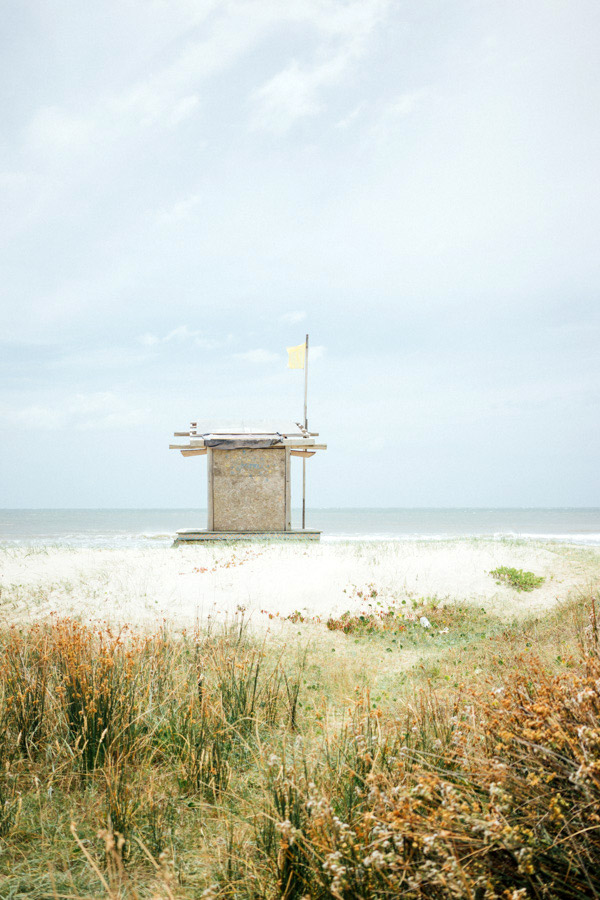
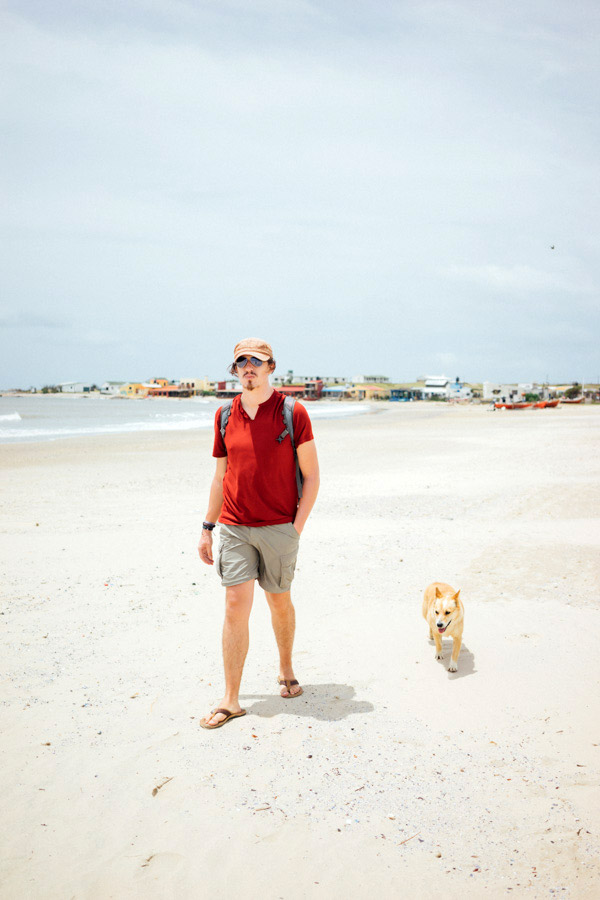
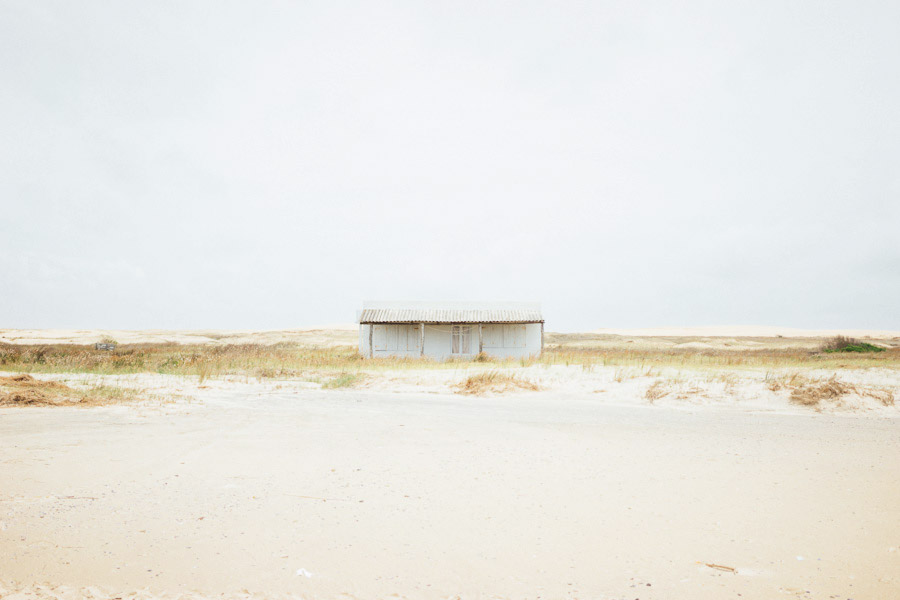
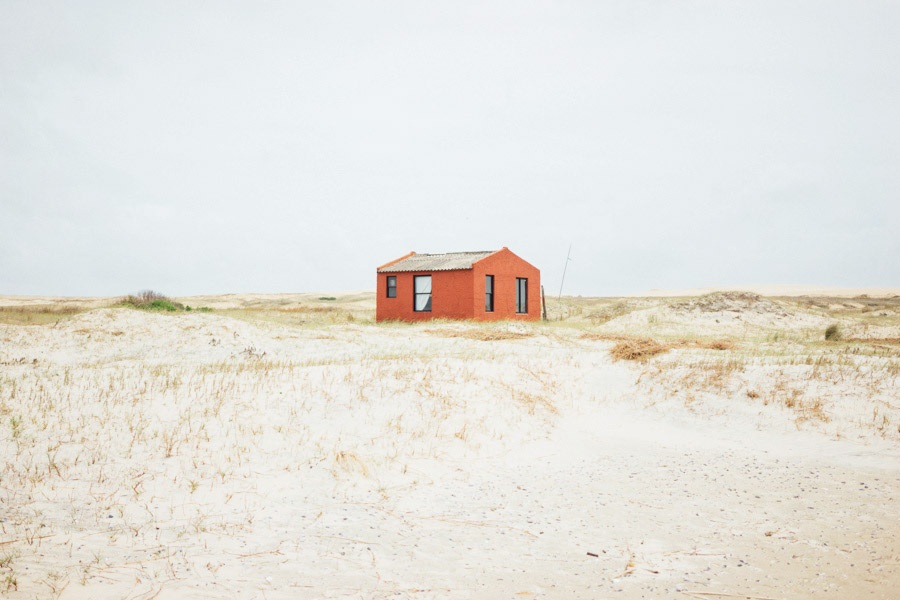
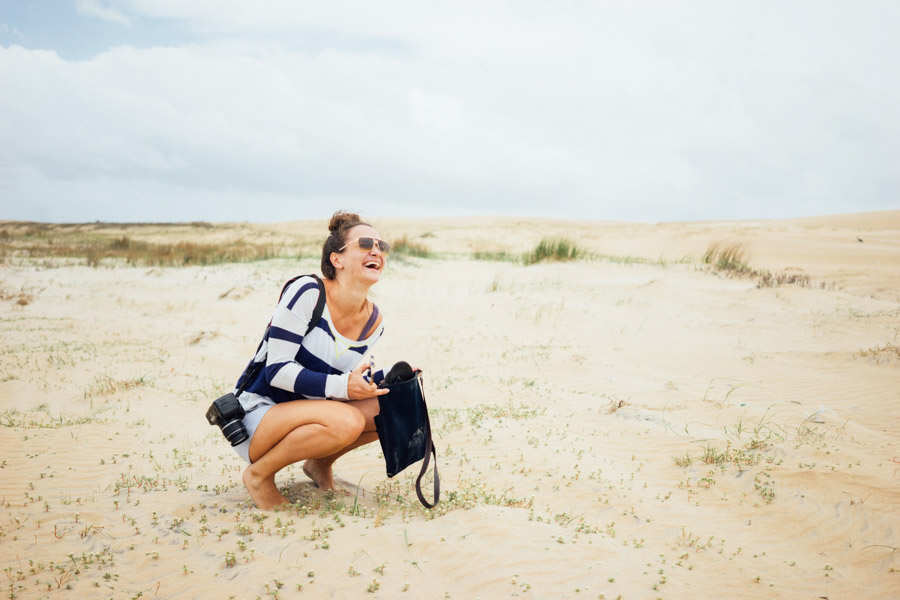

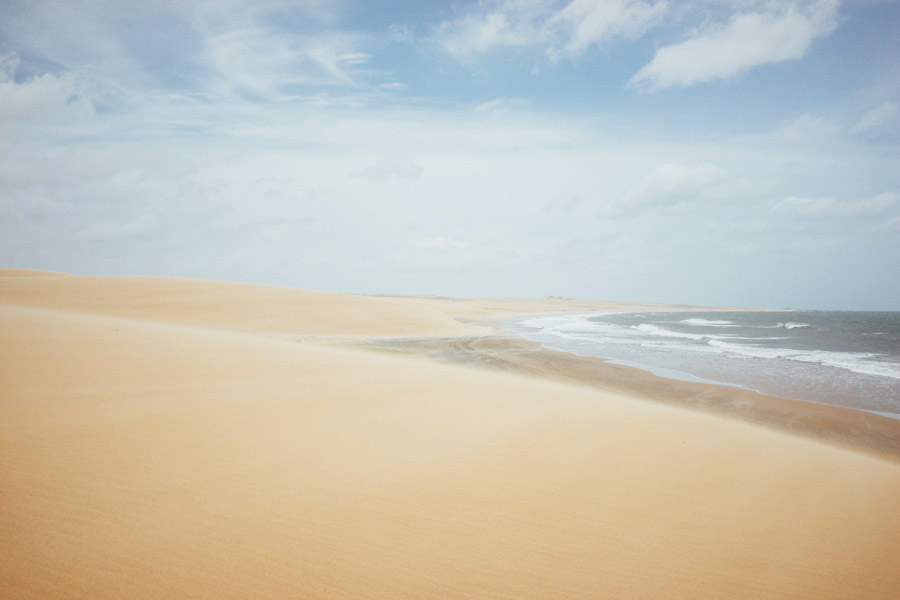



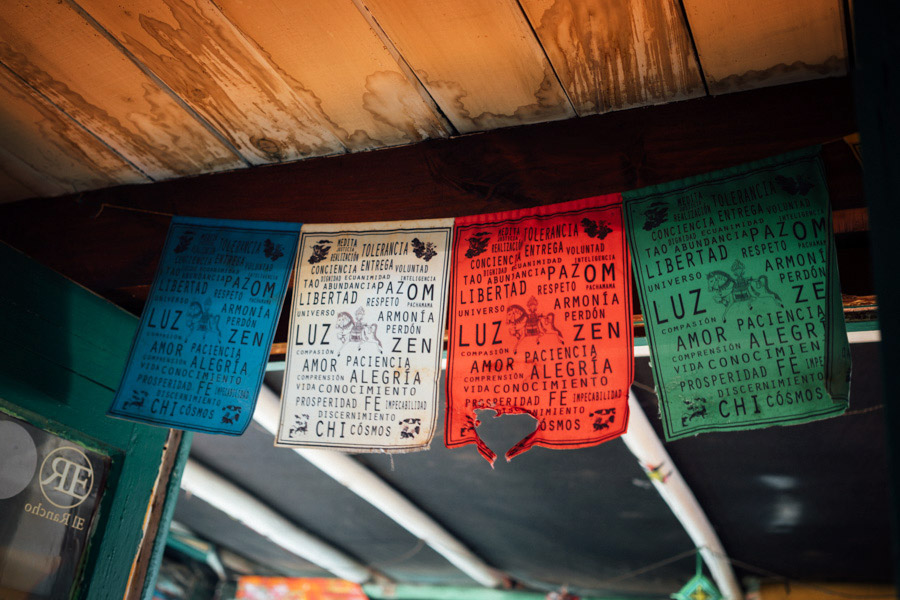


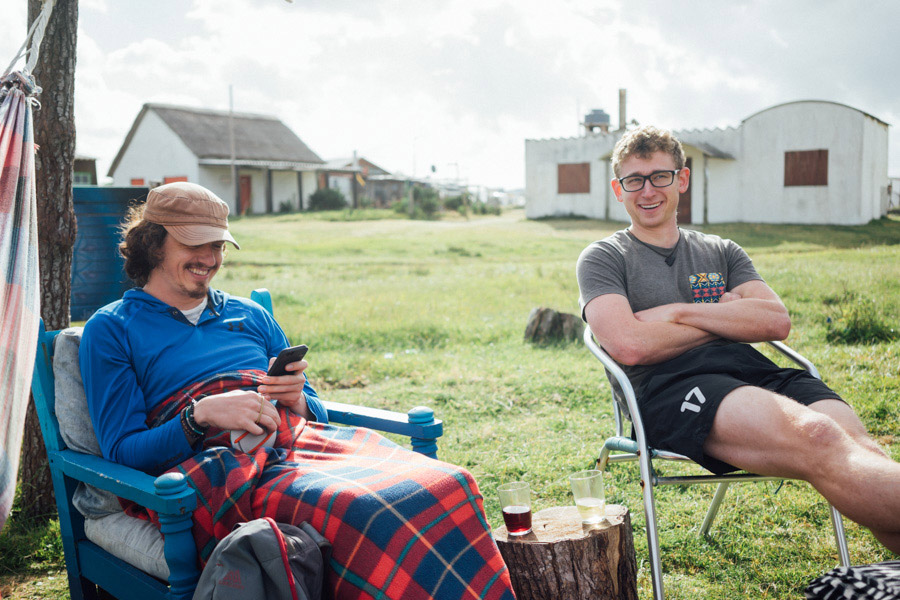


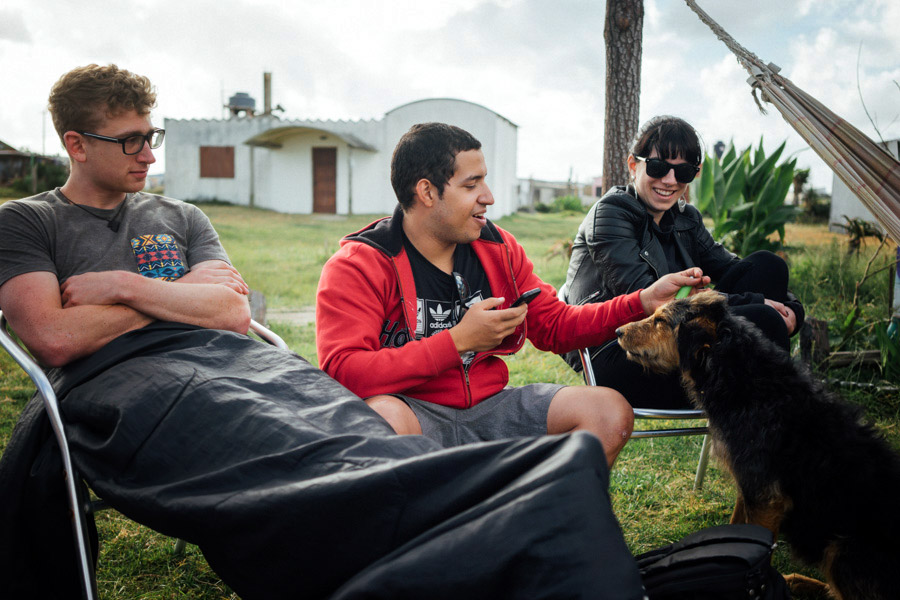
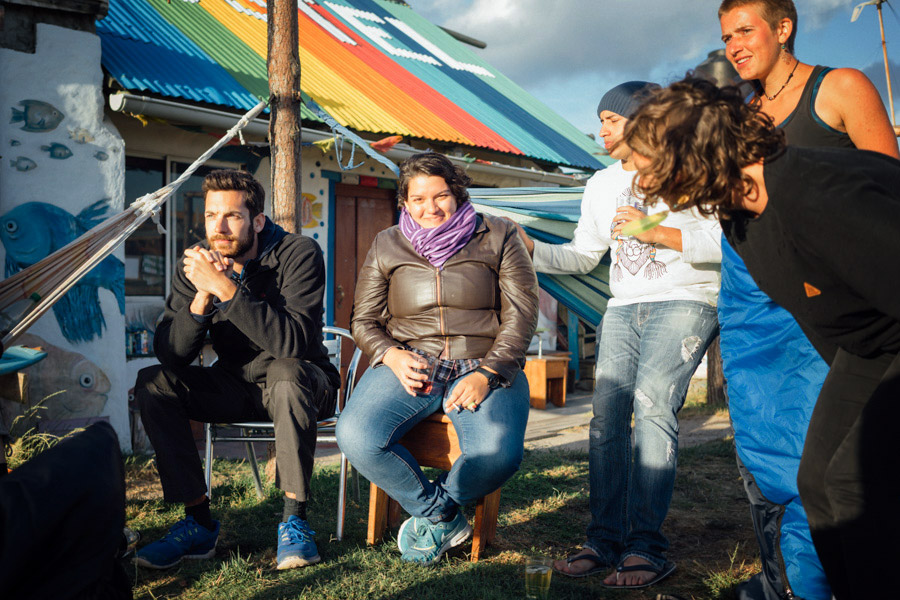
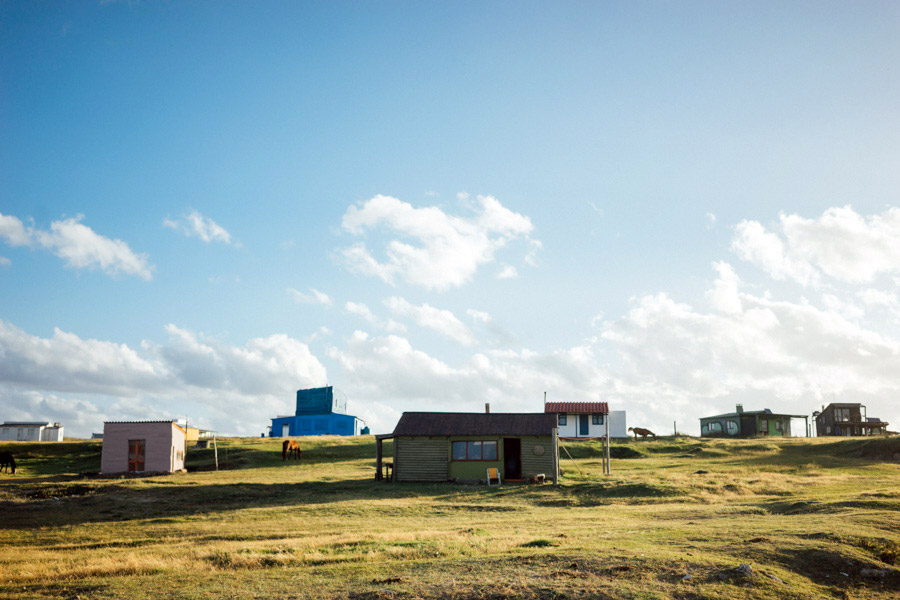
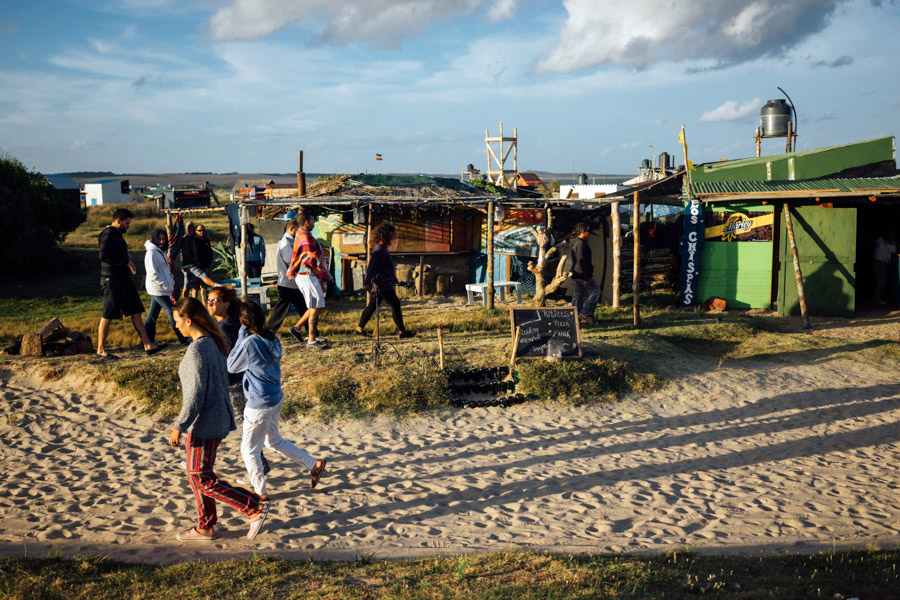

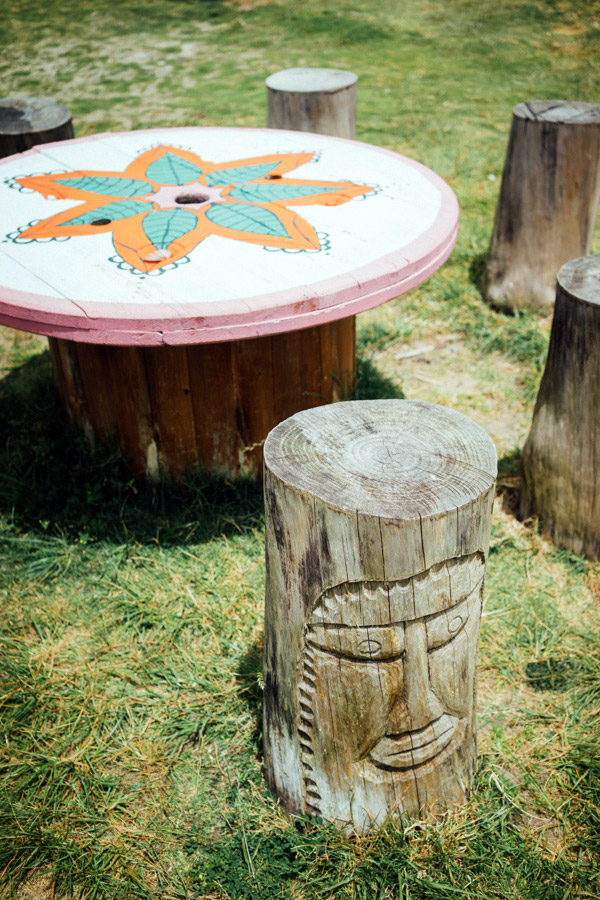
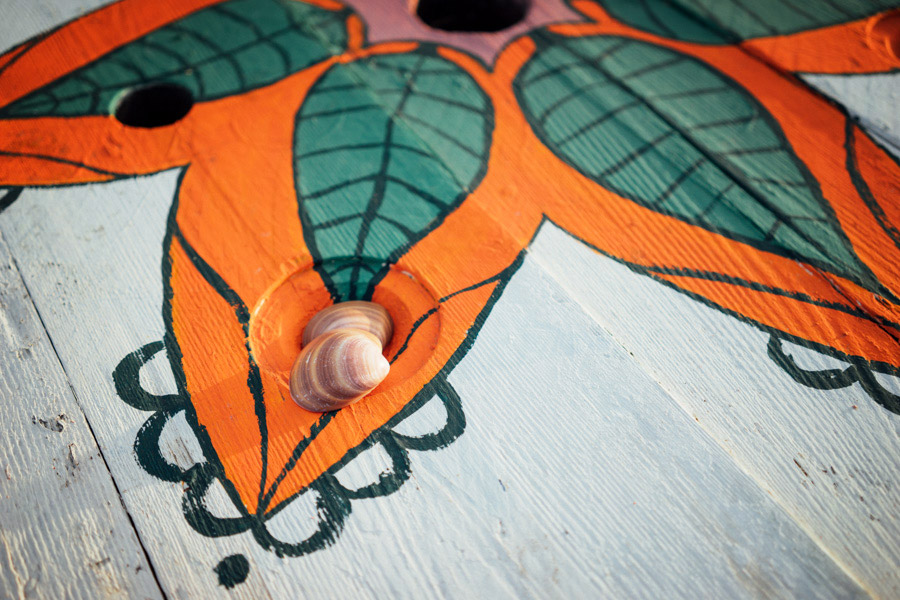
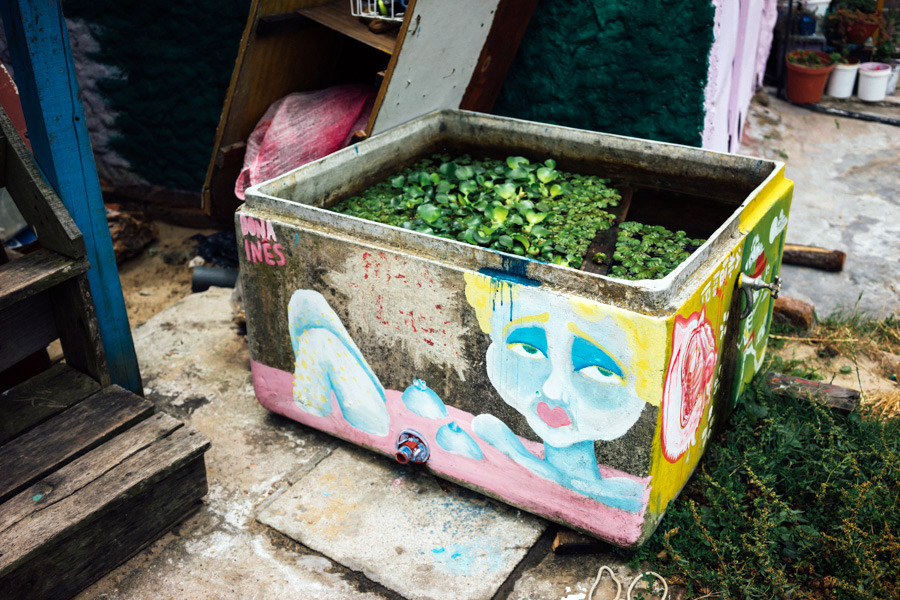

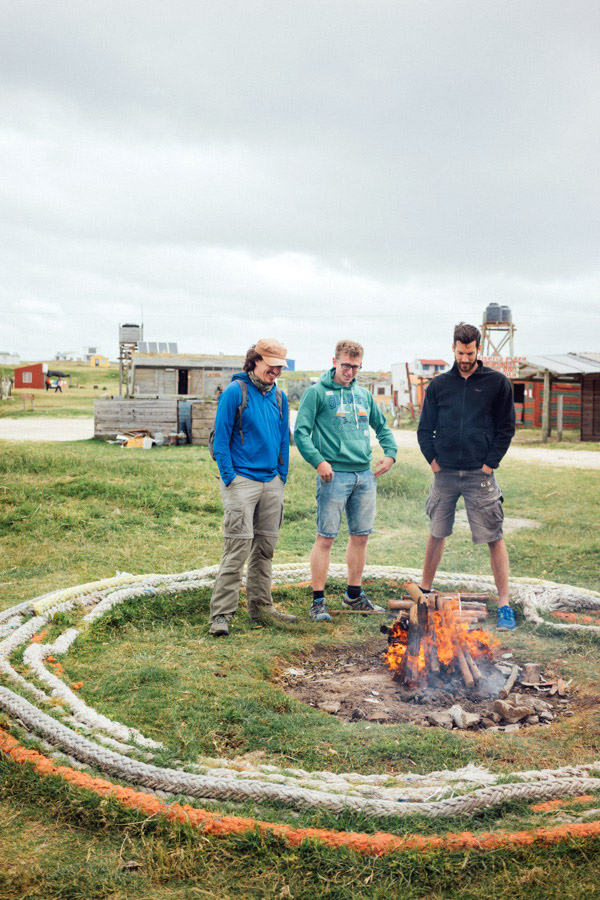

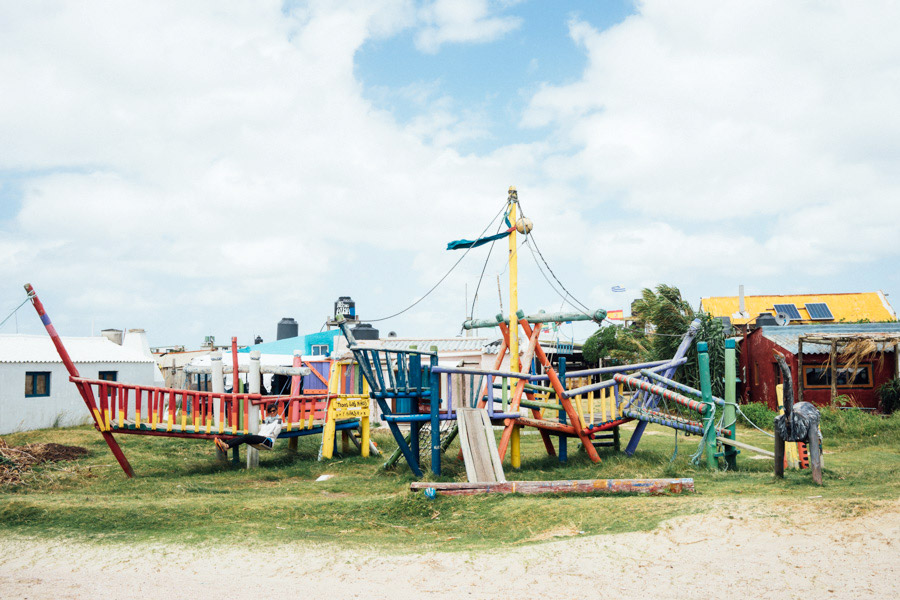
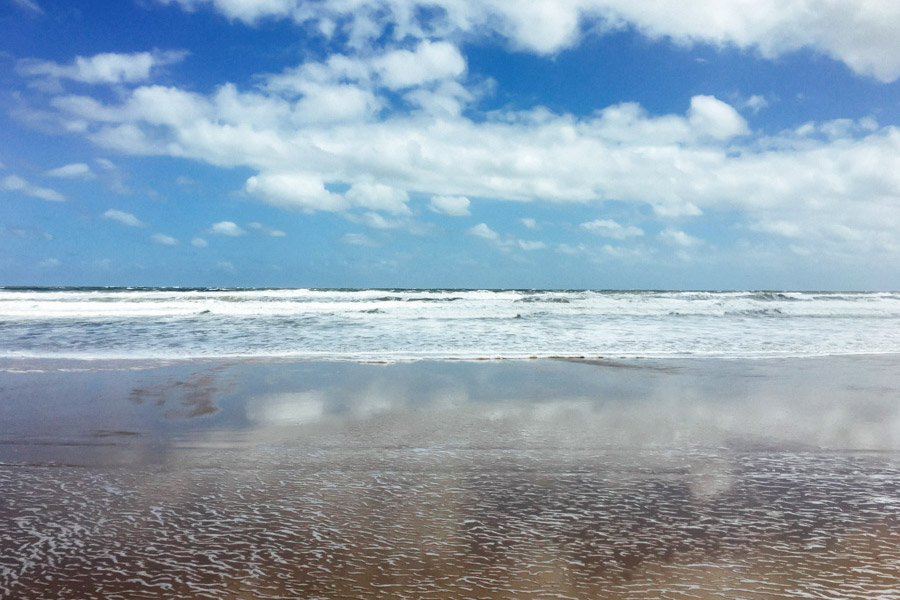
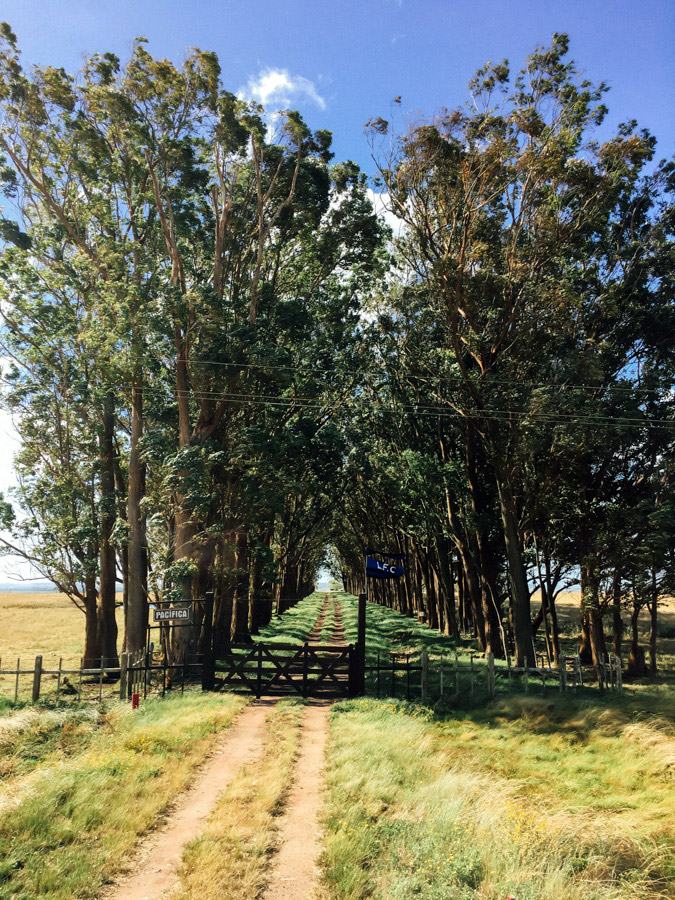
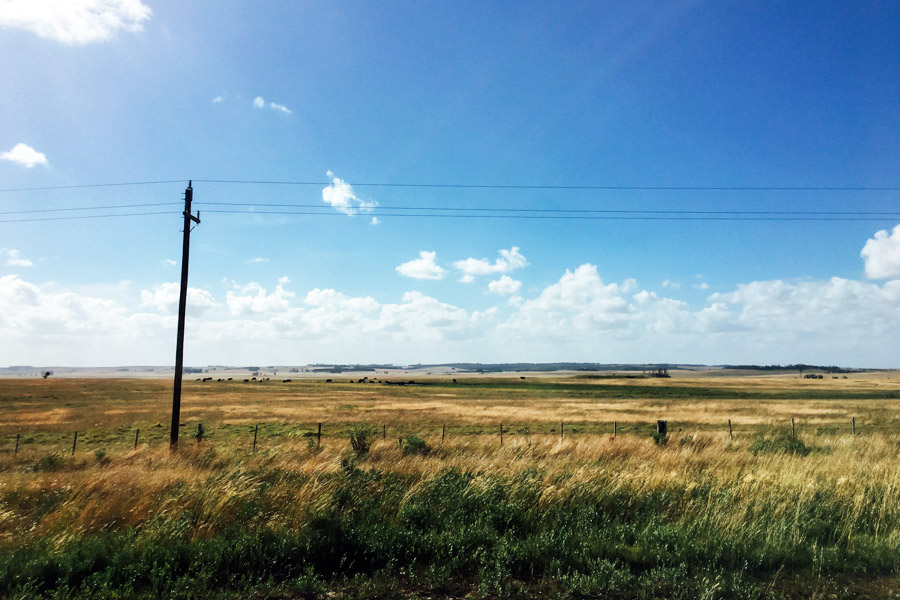

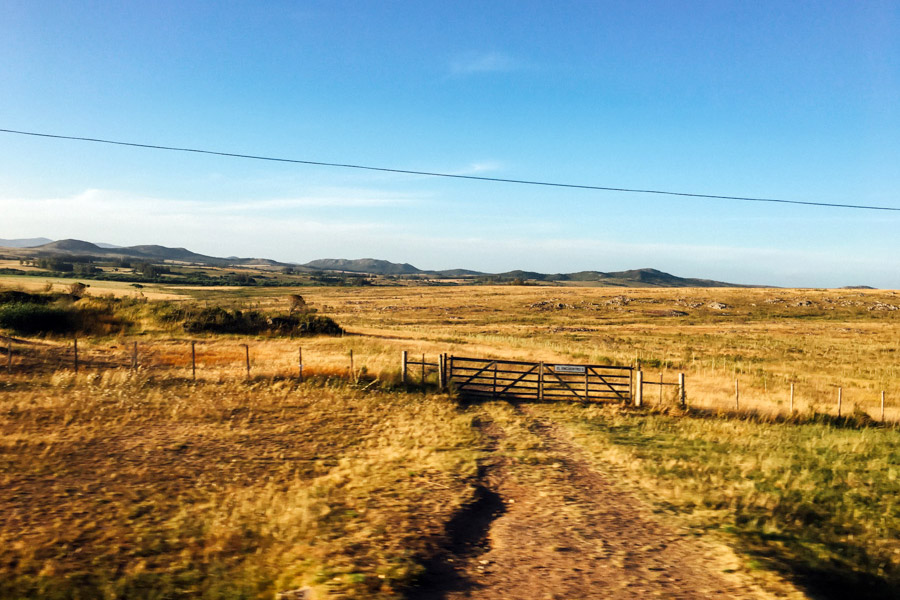
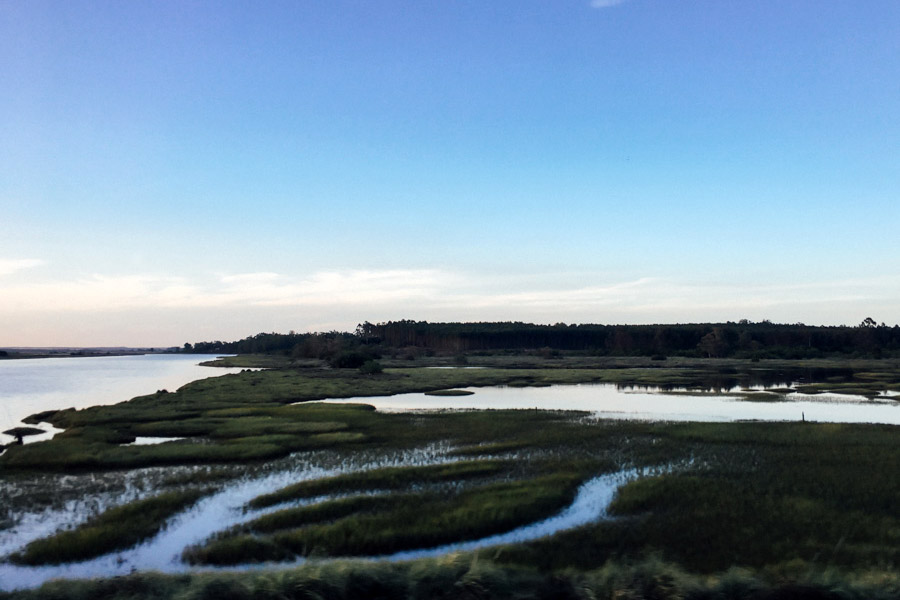


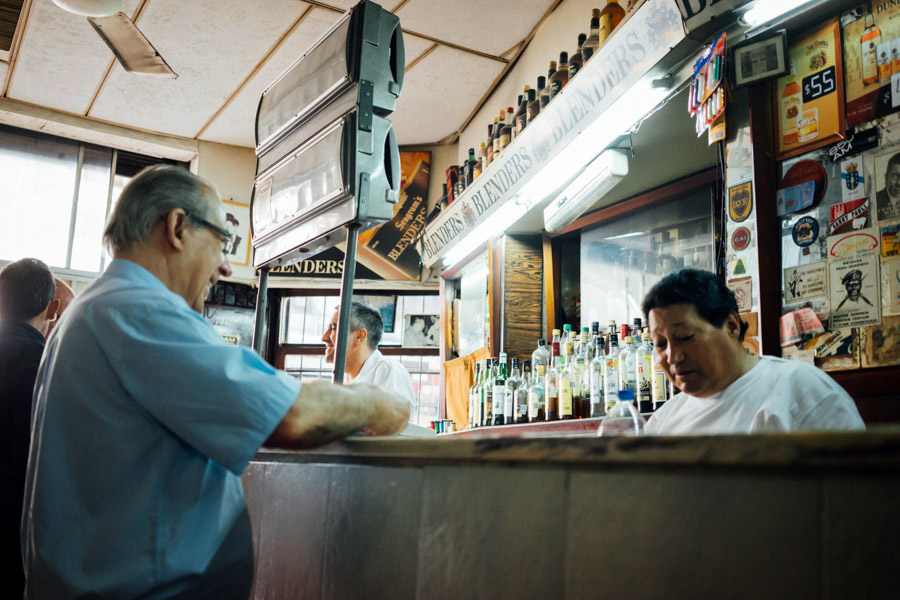
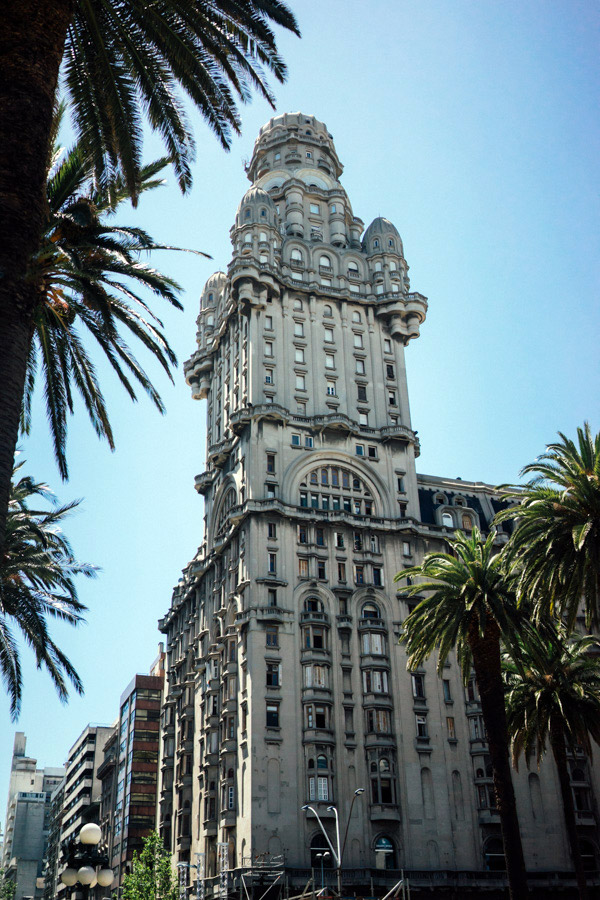
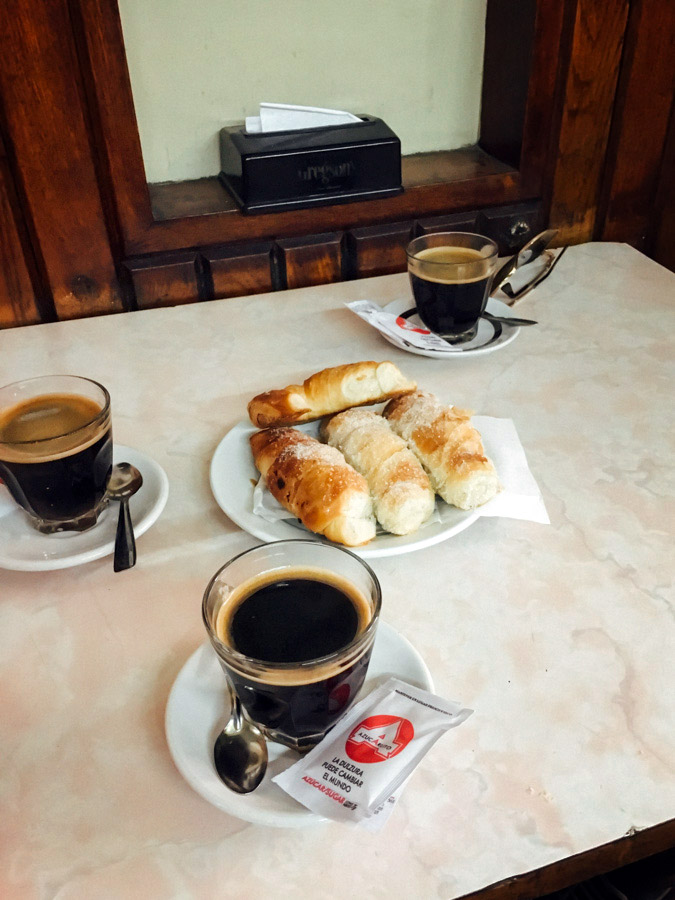
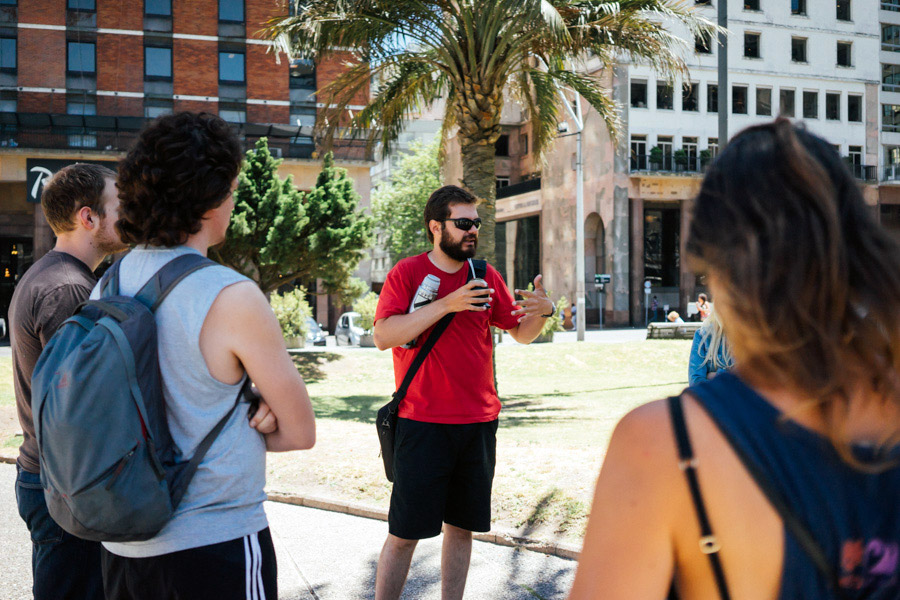

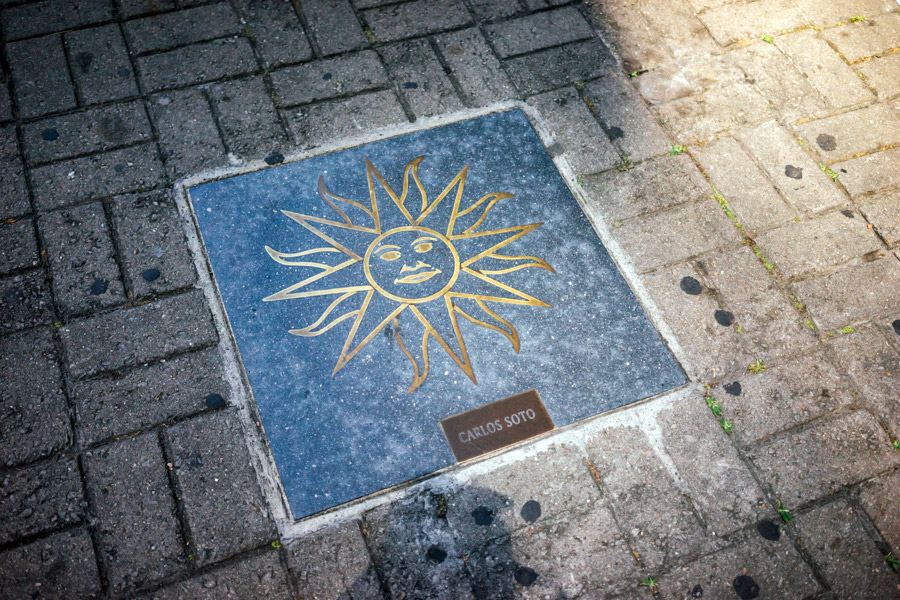

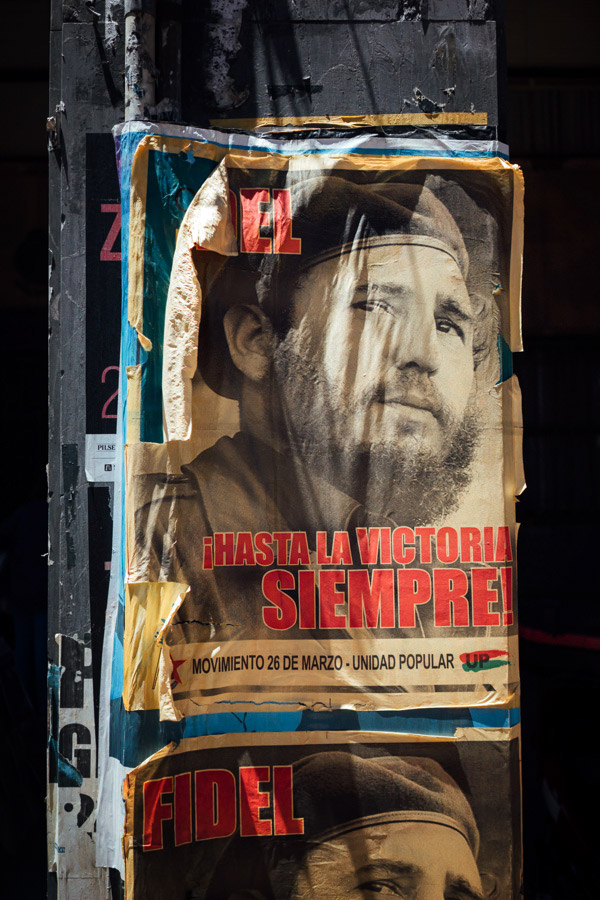
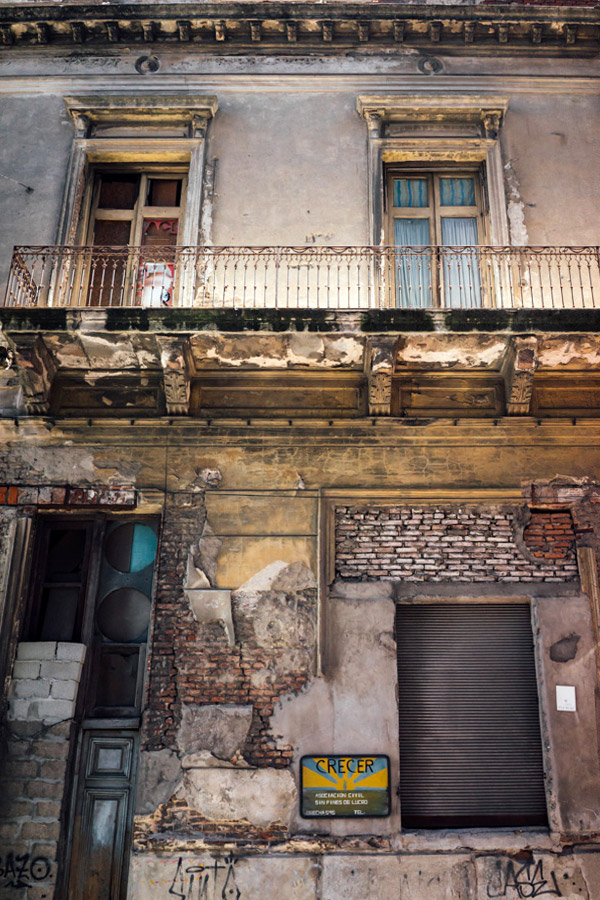
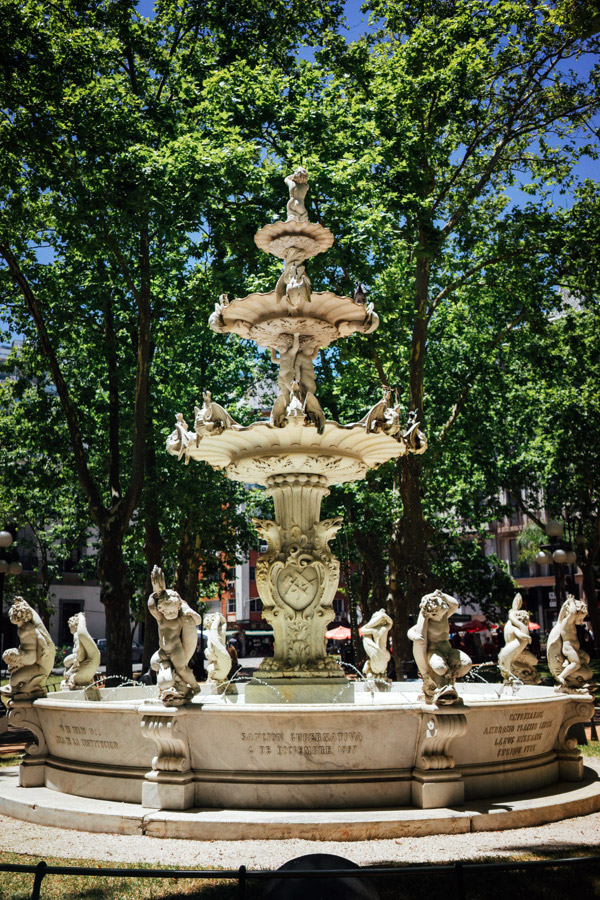
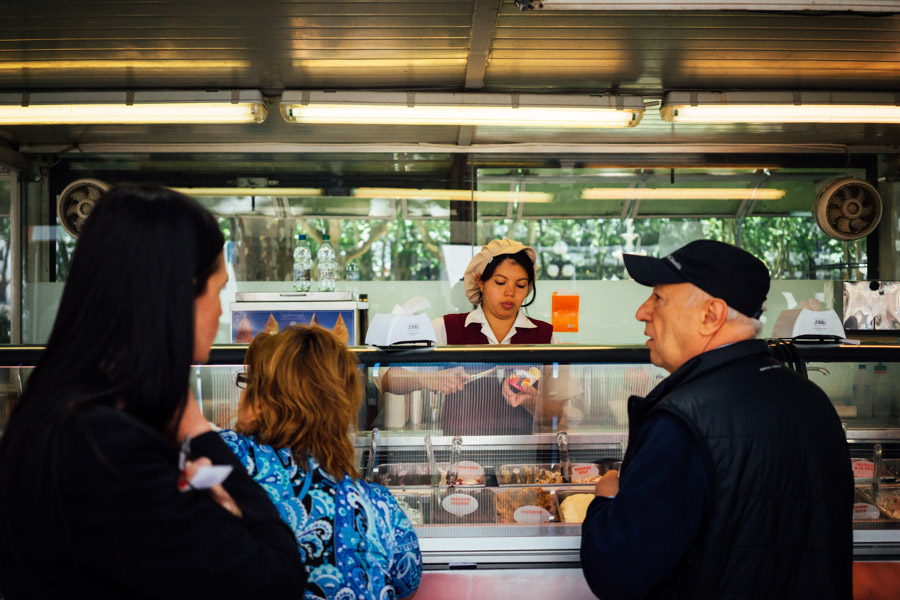
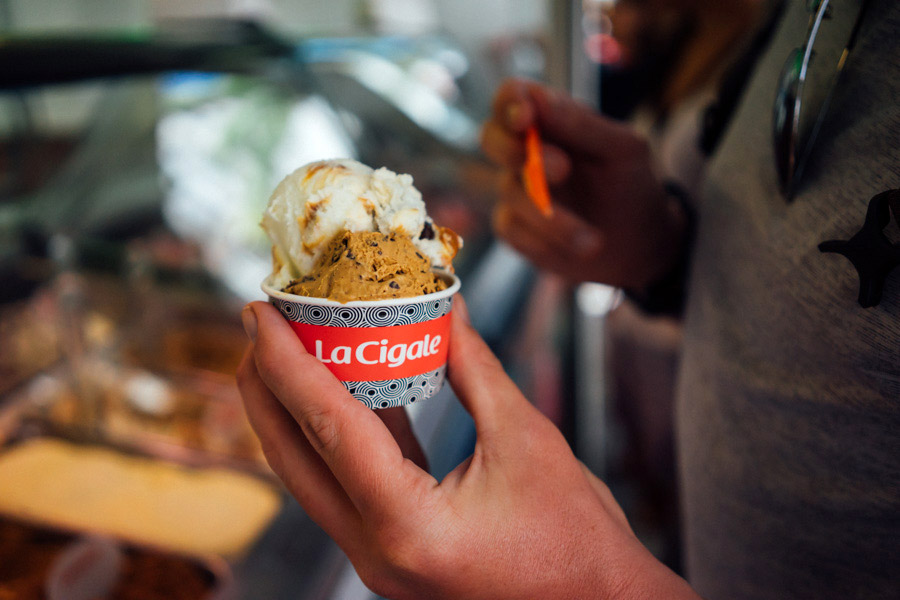
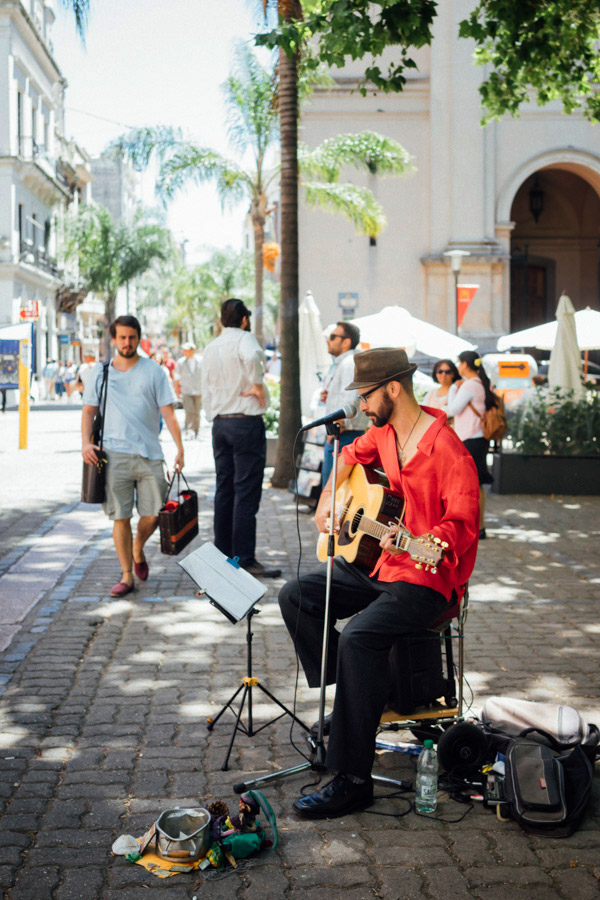

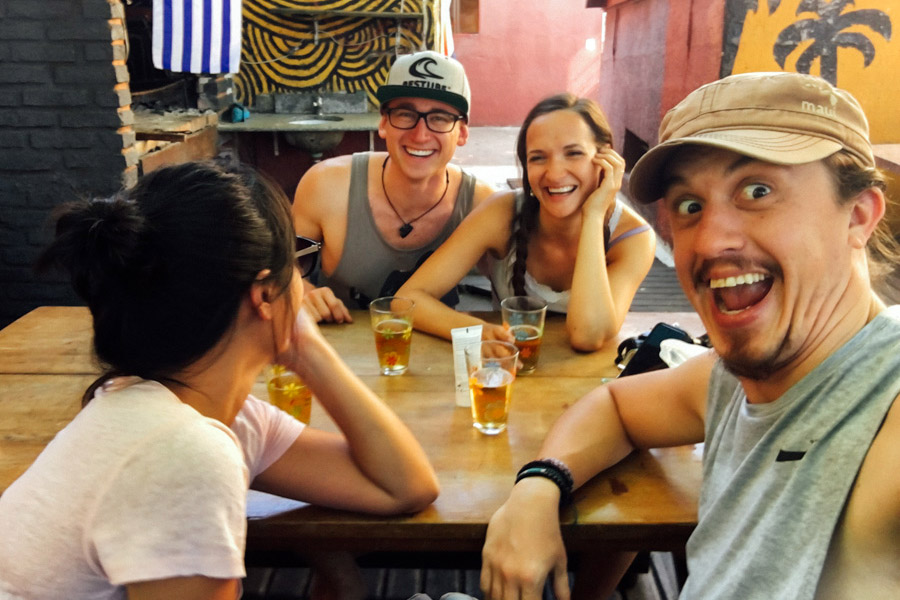
Links
In Buenos Aires we skipped the central part of the city, San Telmo, and Boca, since we planned to spend another week there on our way up from the southern tip of Ushuaia to work on a Bolivian visa. We (unfortunately) didn’t make it back, giving us just another reason to return again soon.
- We spent our time in the Palermo neighborhood, full of bars and delicious restaurants, including our favorite parilla Las Cabras.
- MALBA (Museum of Latin American Art in Buenos Aires) and La Recoleta Cemetery should not be missed.
- Tigre is well worth the long metro and ferry ride, simply for a stroll amongst the neighborhood.
We only spent five days in Uruguay and wished we had more time.
- Montevideo, the capital, is worth spending a day or two. Do not miss the free walking tour (ask your hotel).
- Punta Del Este is an expensive, pretty resort town. The Casa Pueblo is worth heading to, if only for the nice restaurant with a view of the hotel.
- Cabo Polonio was our favorite time there. A place of peace, good people and amazing landscapes.
- Daily buses easily connect these three locations but be careful at which hour you arrive in each city if you need to make a connection. It is easy to stay stuck in a city nearby...









































